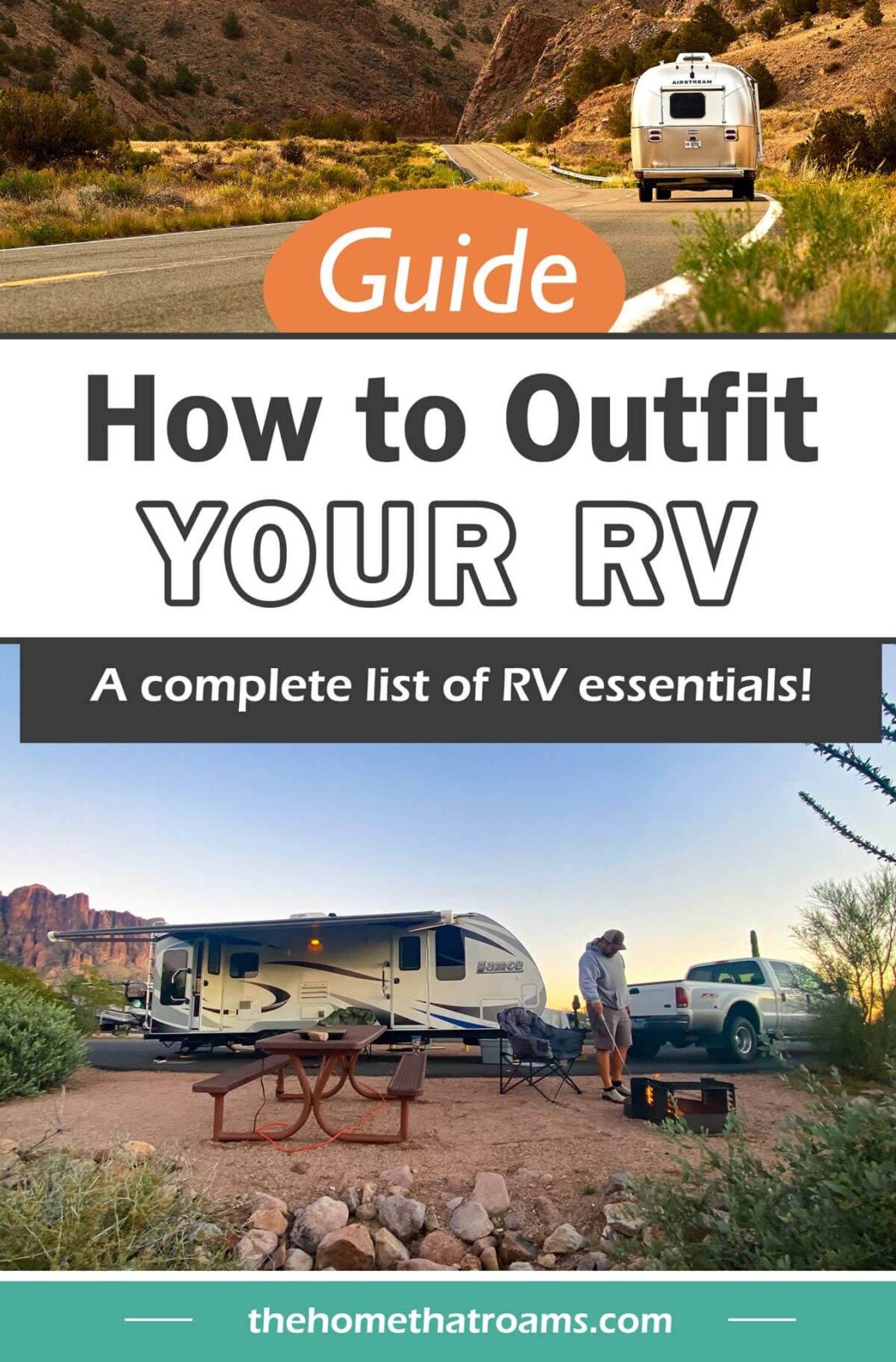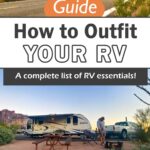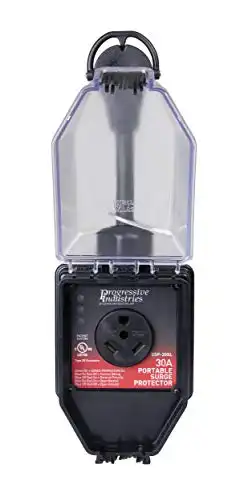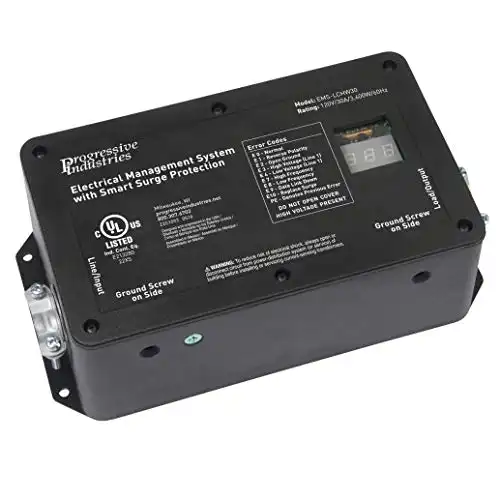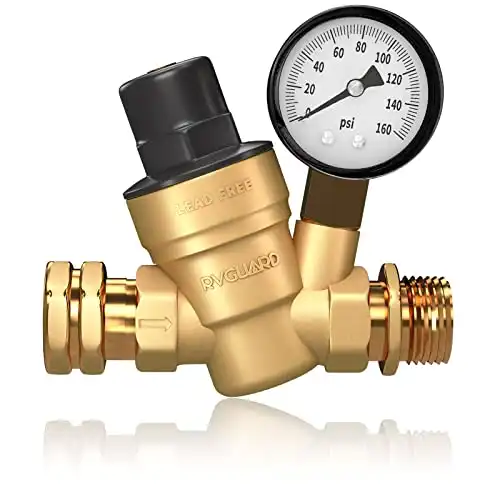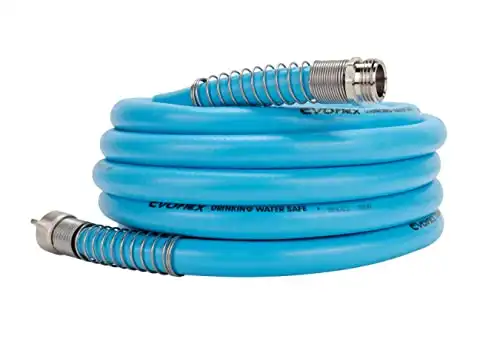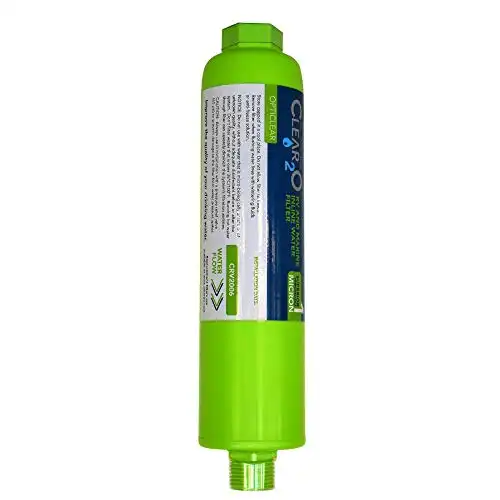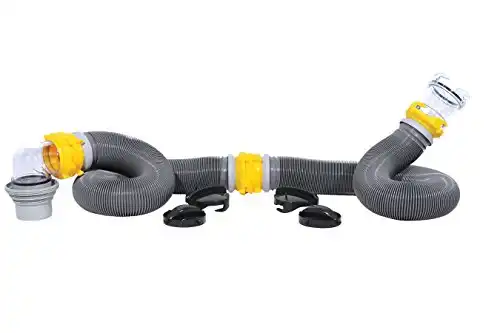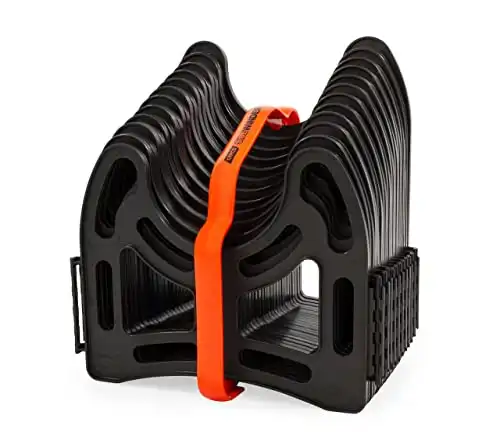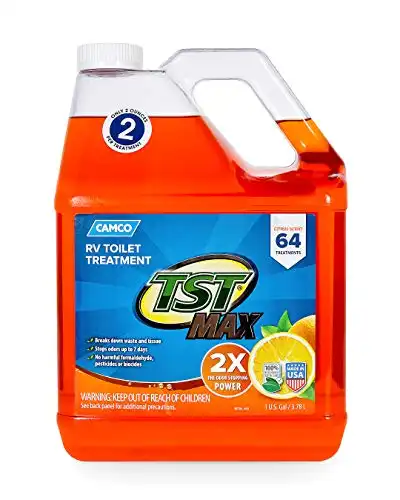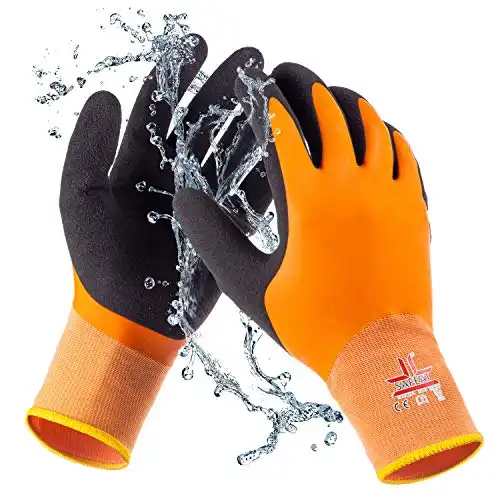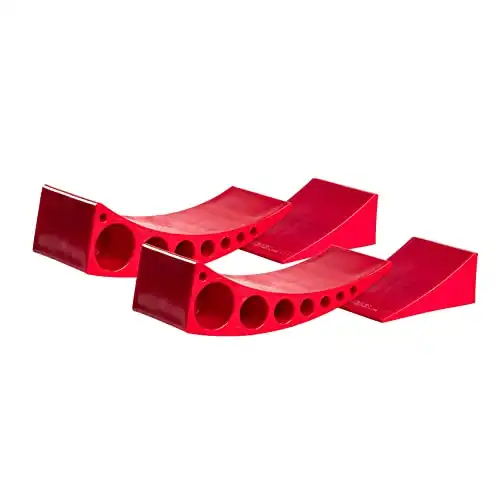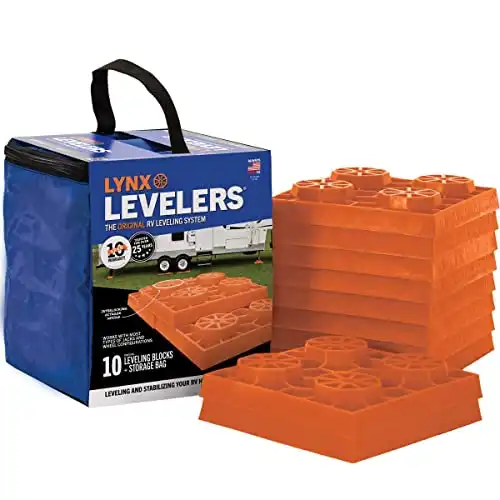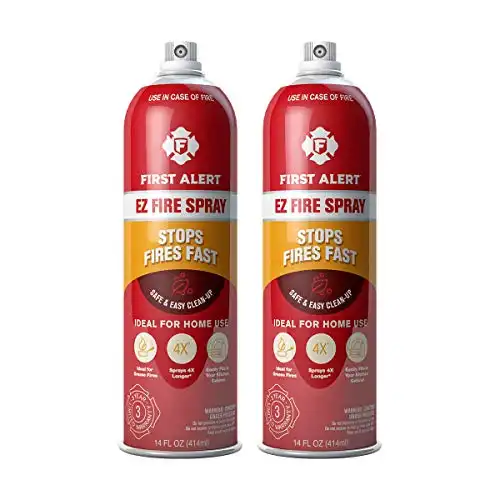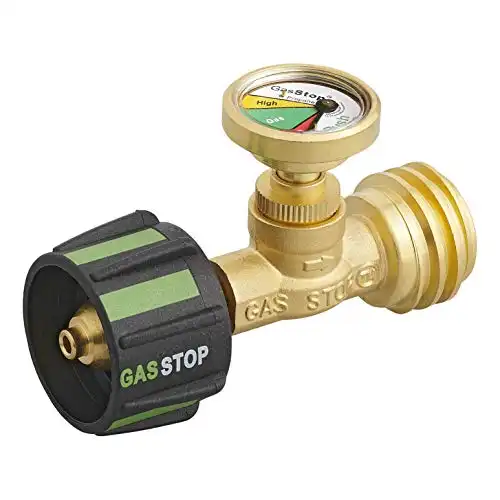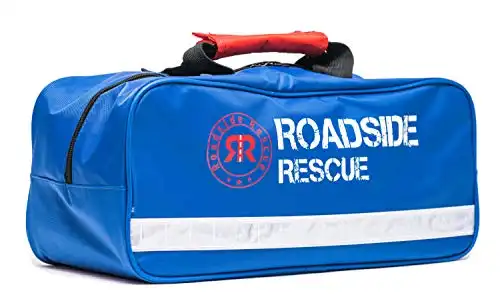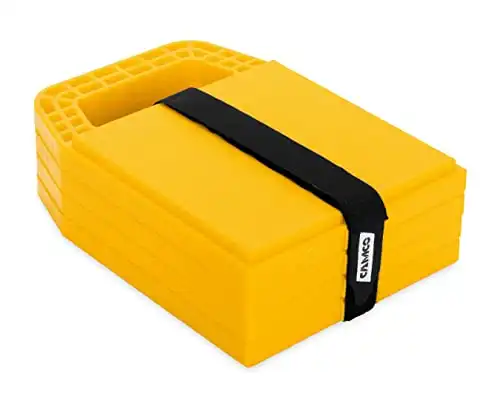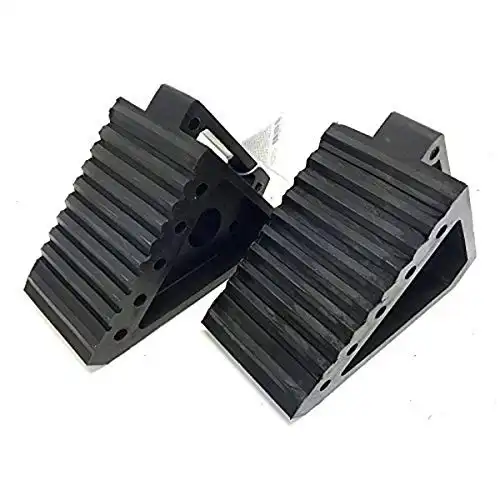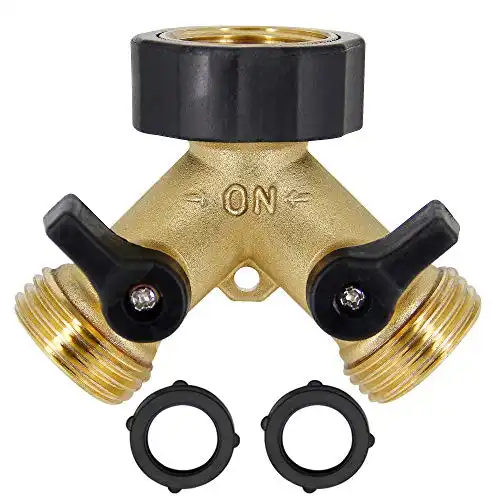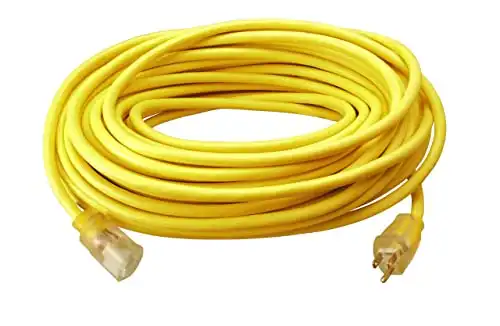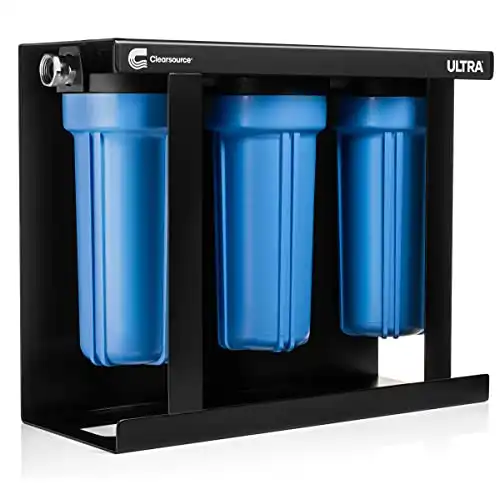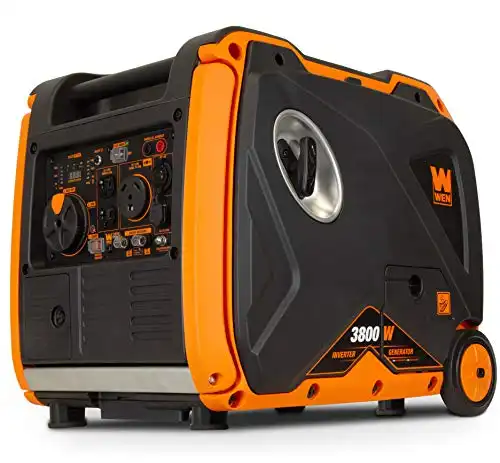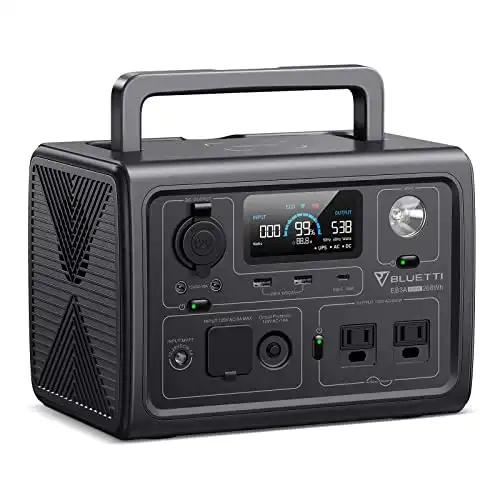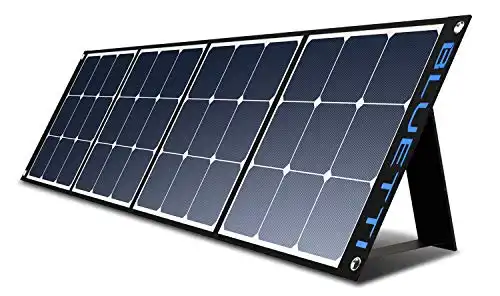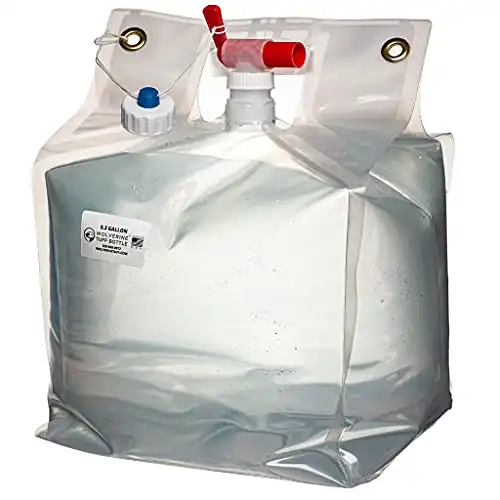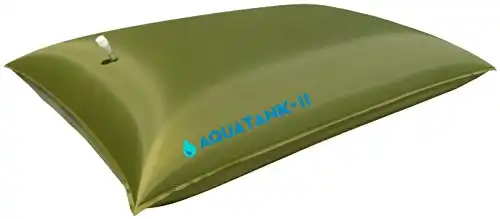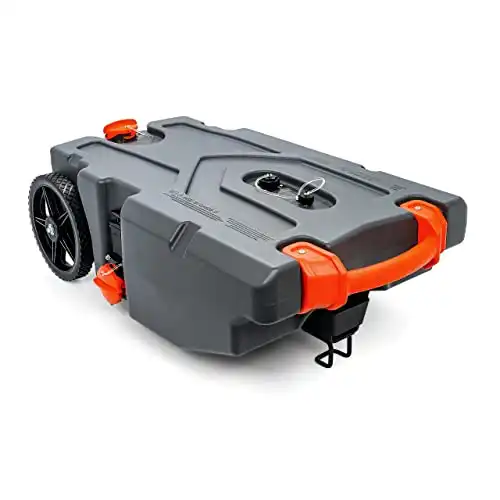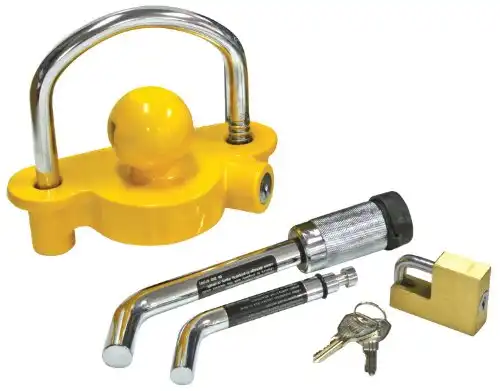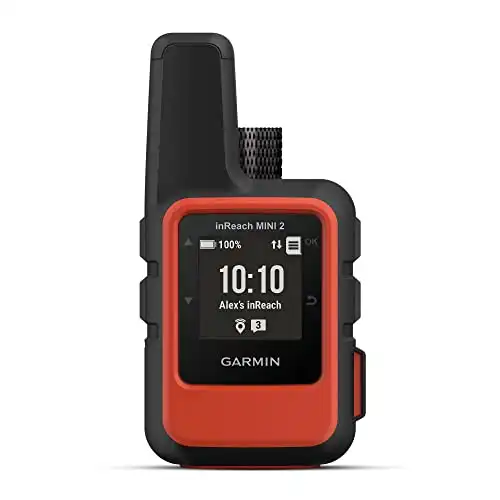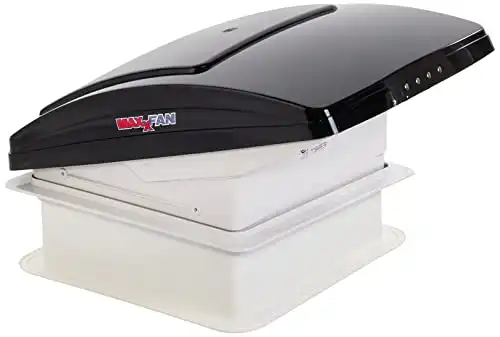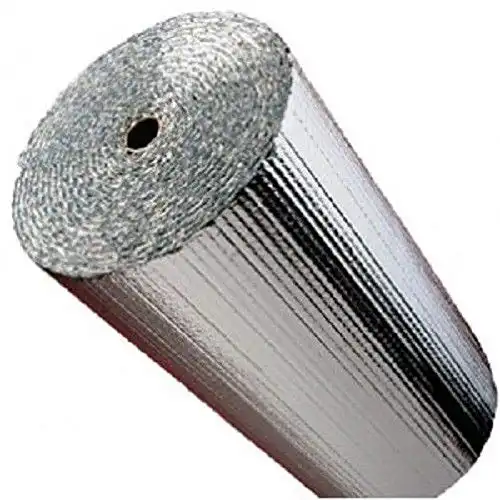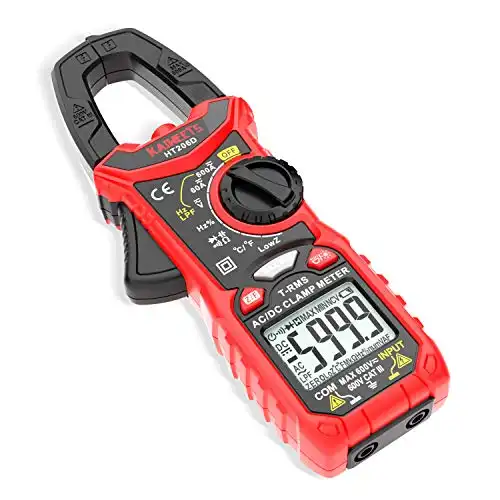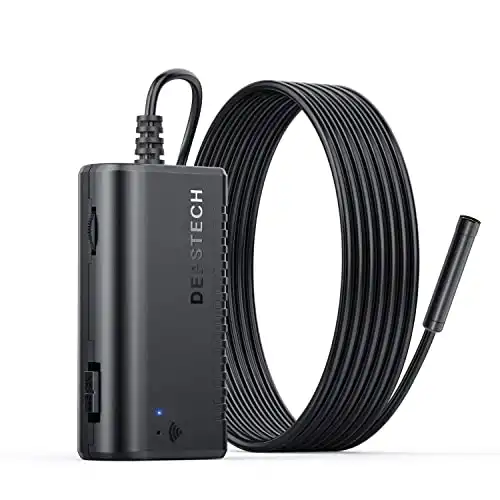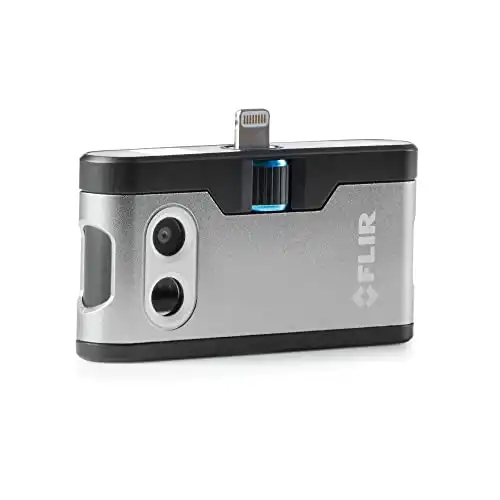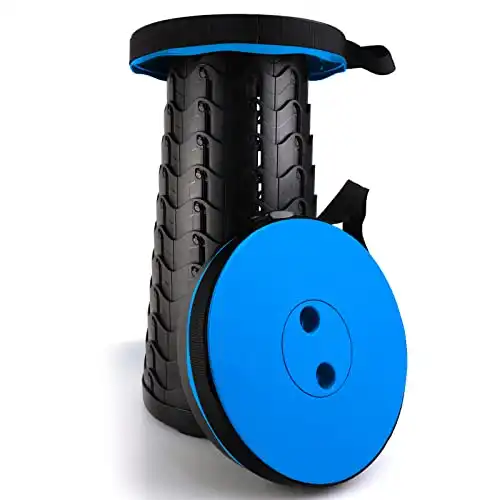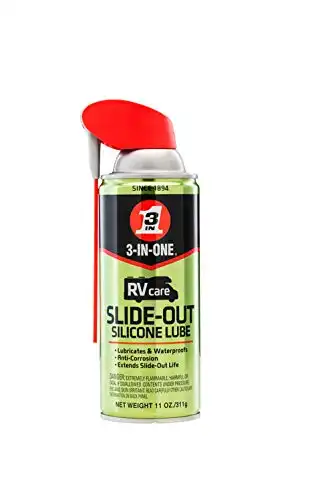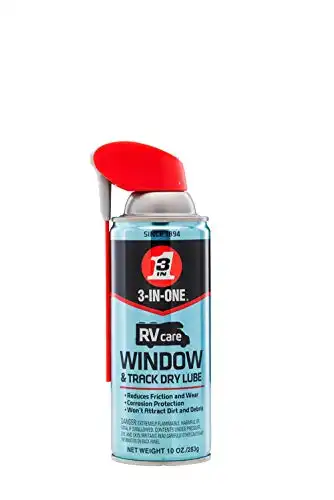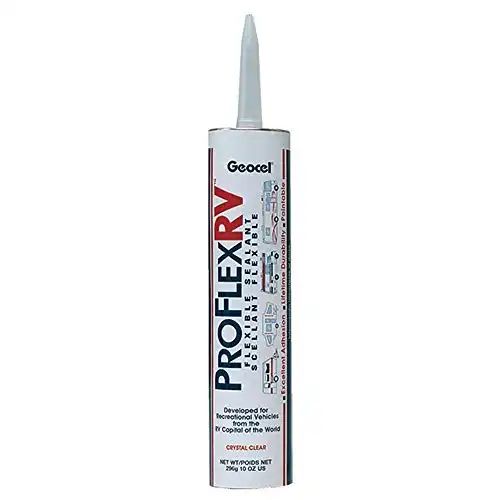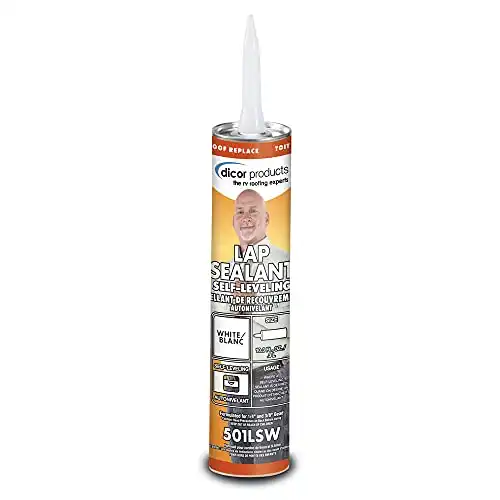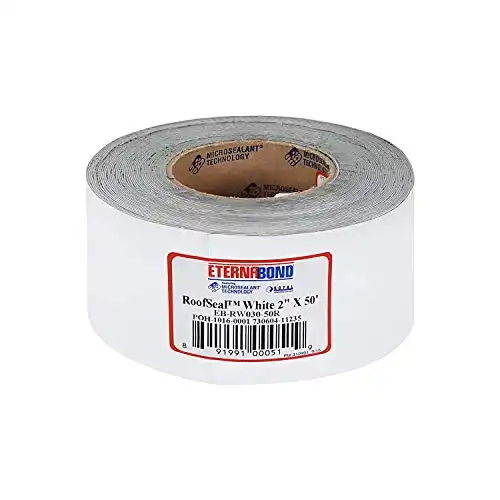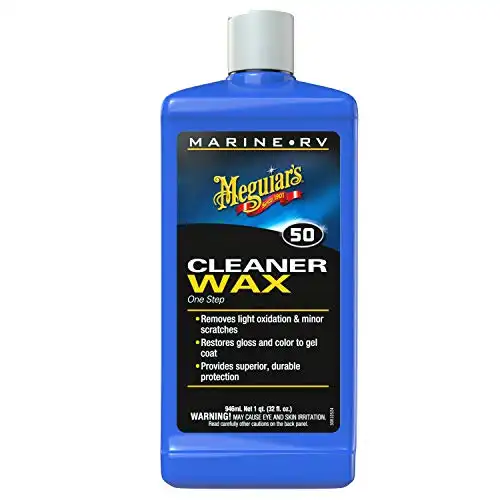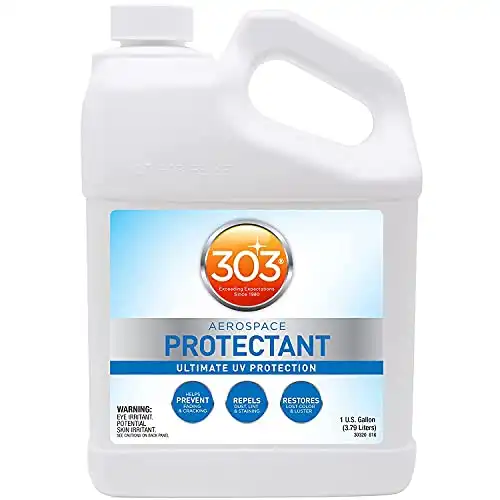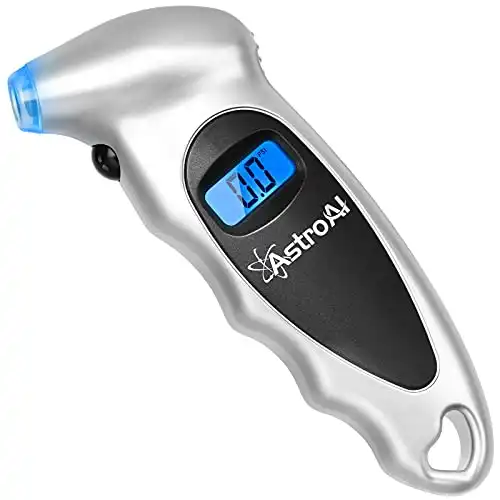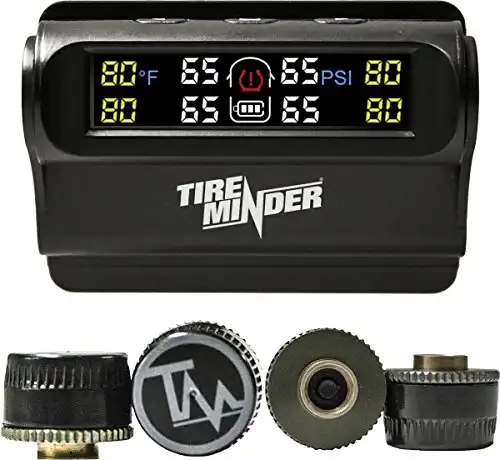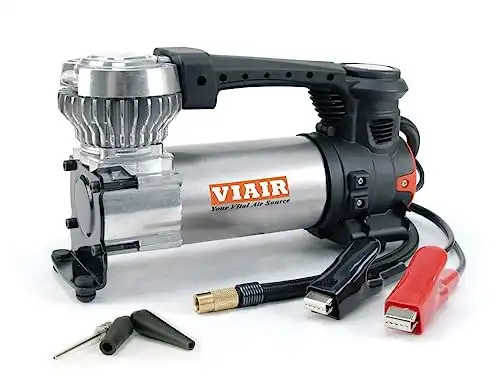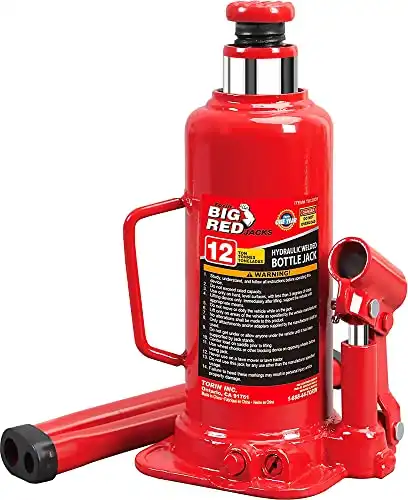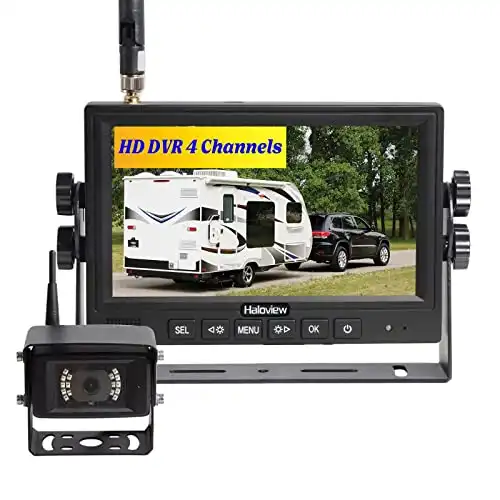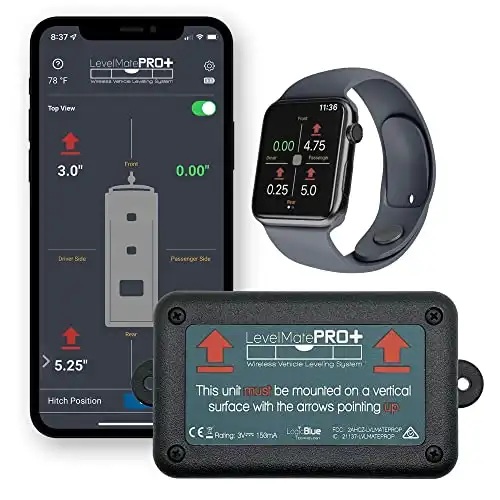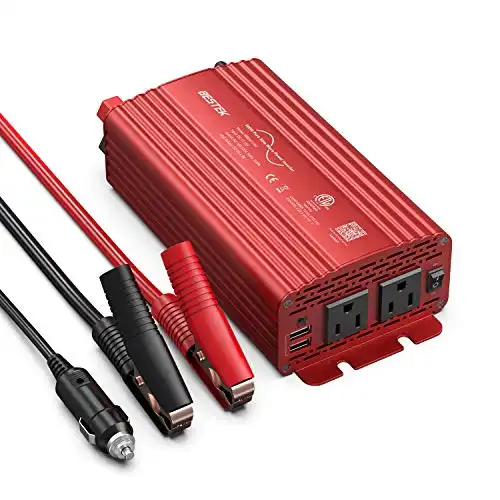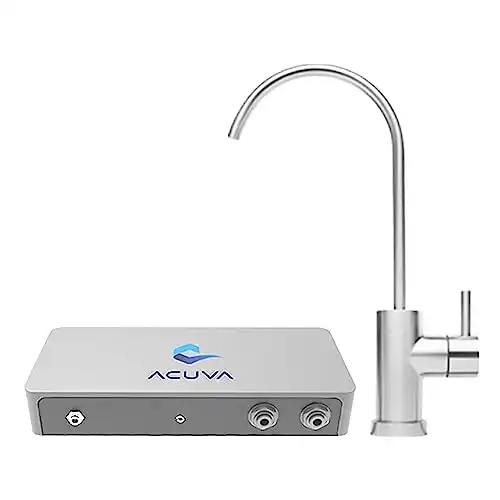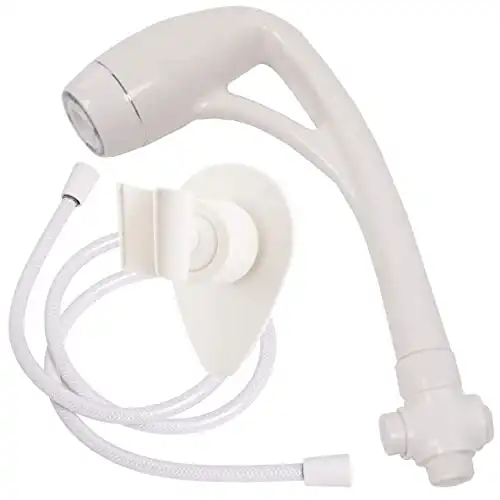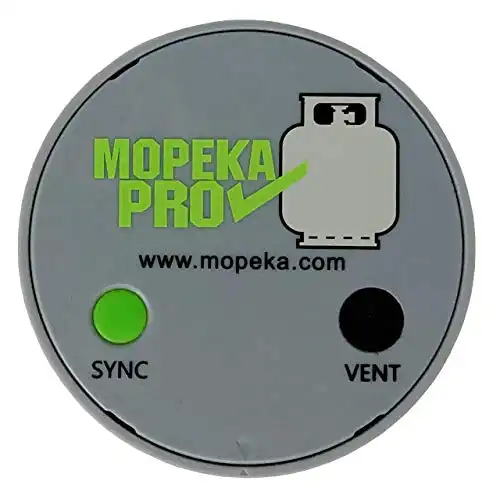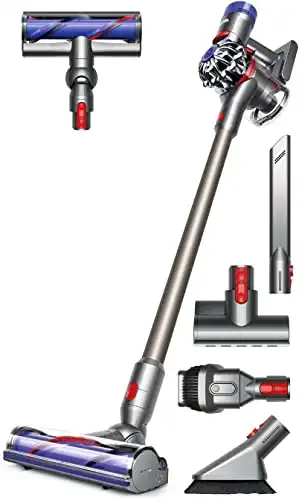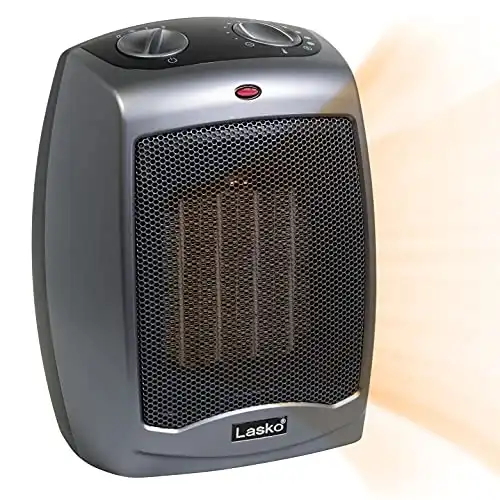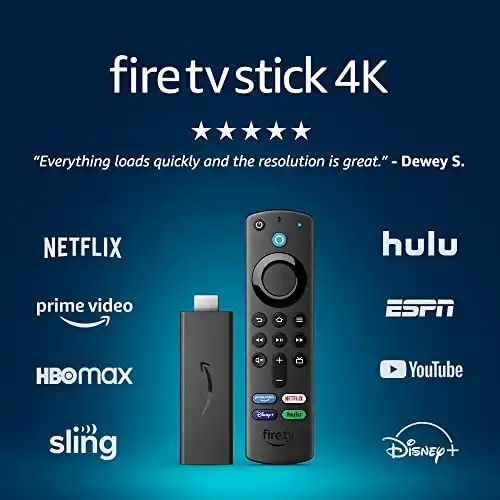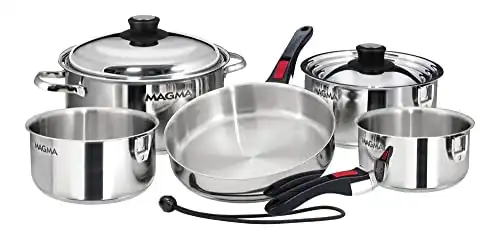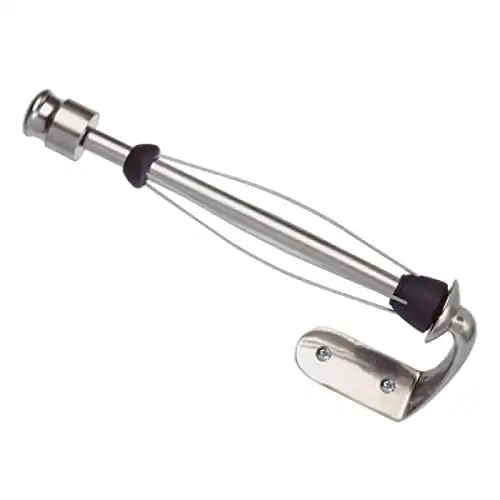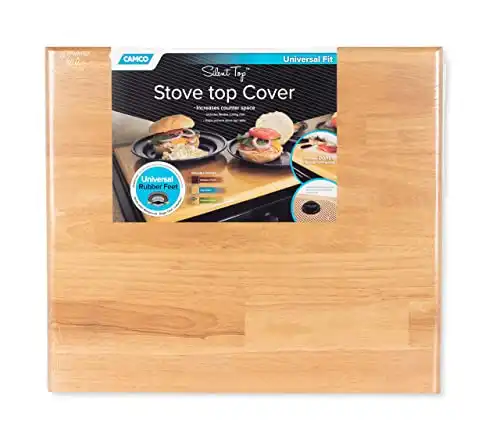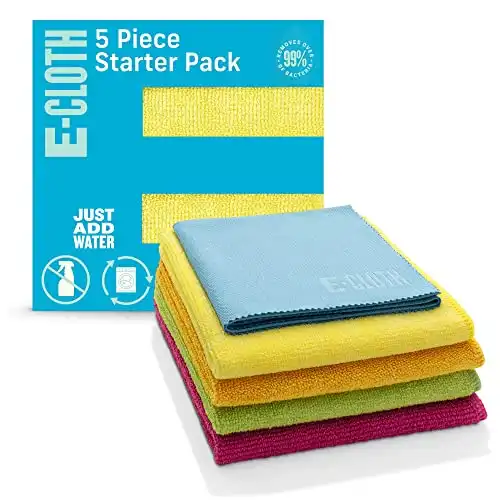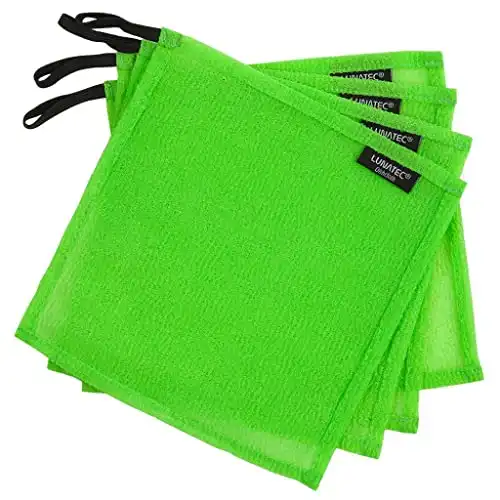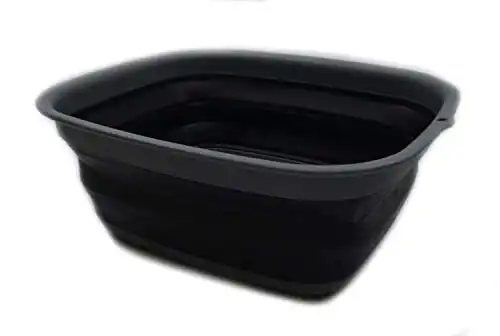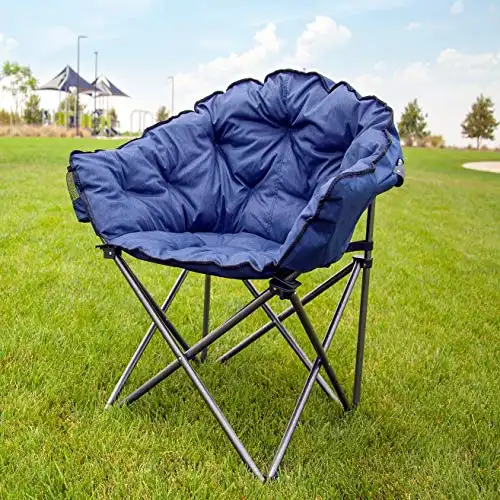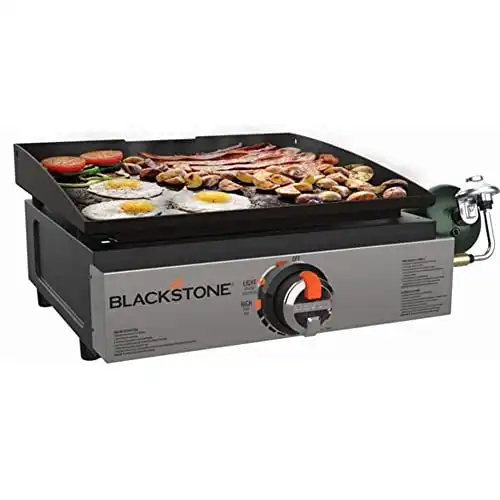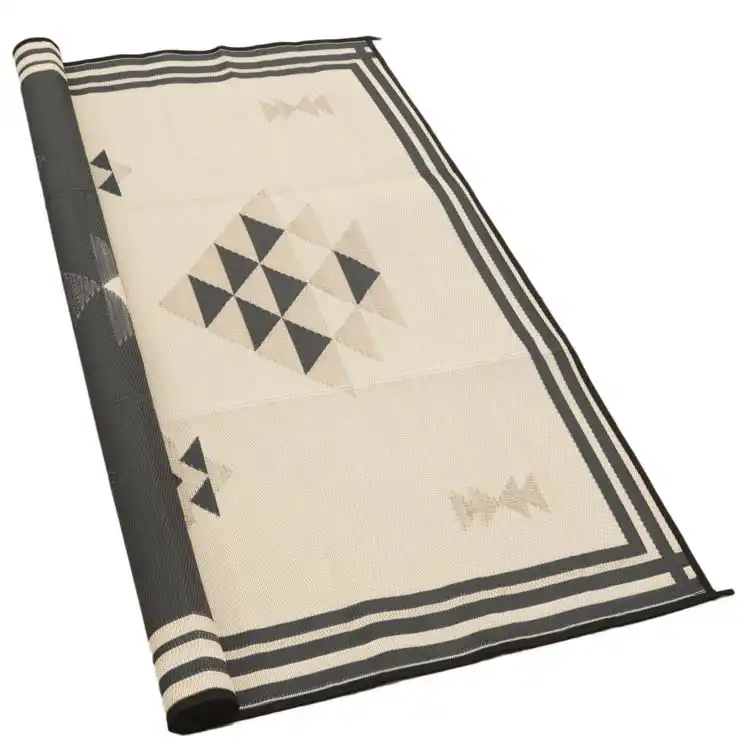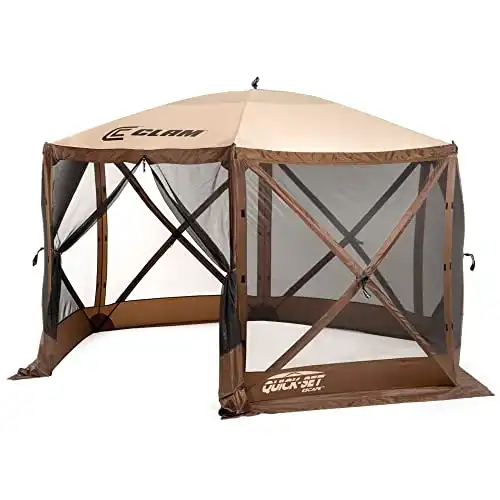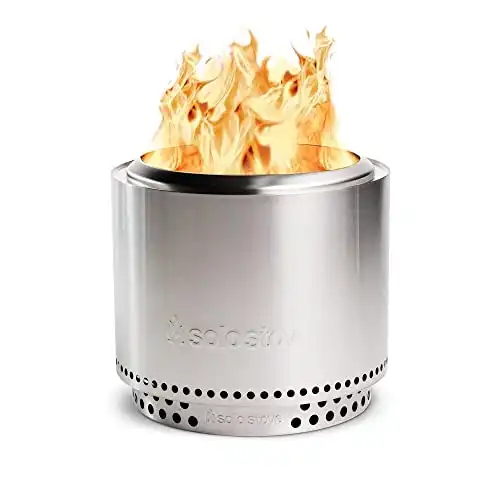75+ RV Camping Accessories to Outfit Your RV
As an Amazon Associate, we earn from qualifying purchases. We also earn from other affiliate websites. See our full disclaimer.
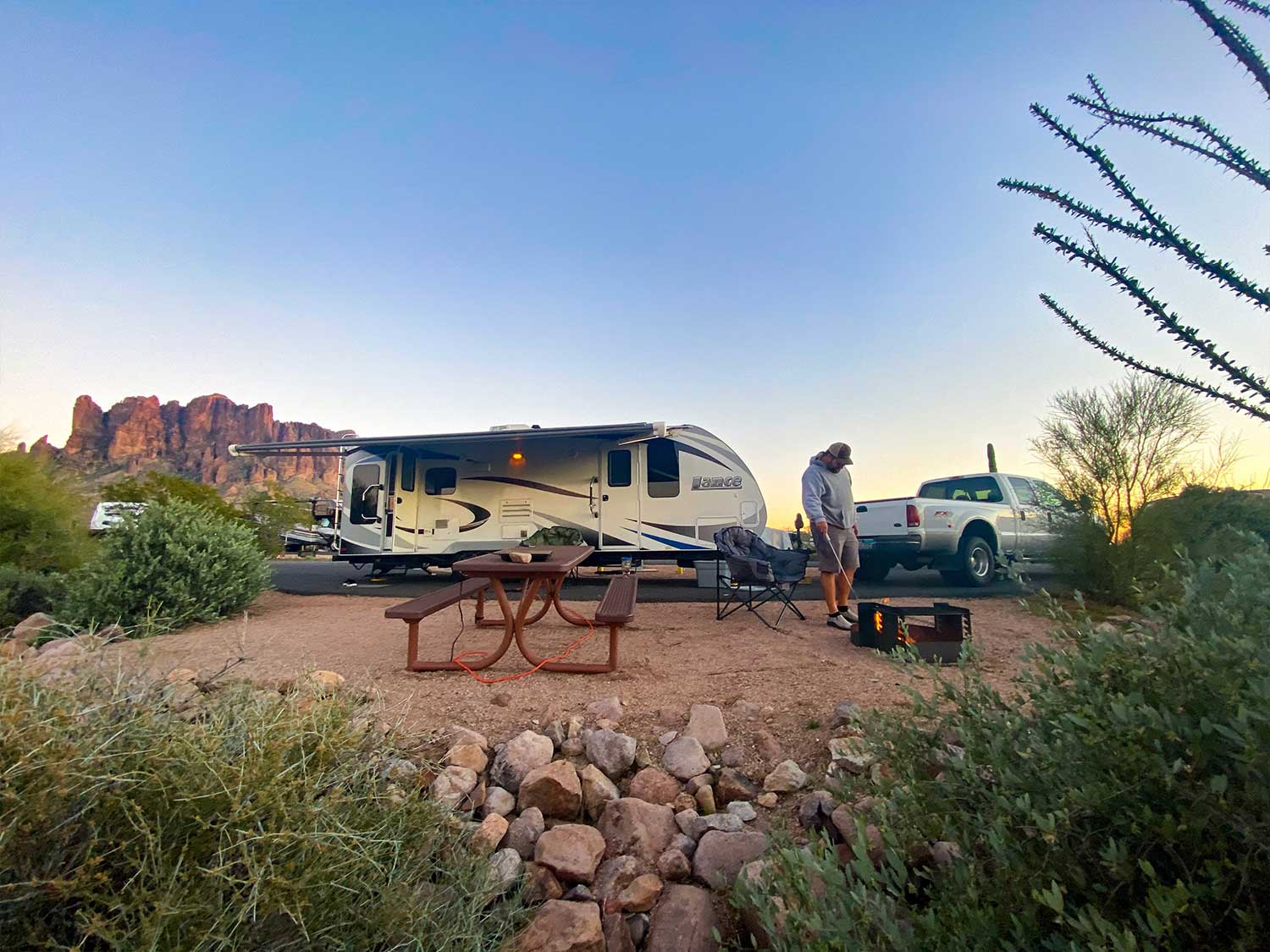
If you’re a new RV owner, the process of outfitting an RV can seem daunting. There are so many things to consider: What kind of camping gear do you need? What about supplies for cooking? How will you make the most of your outdoor campsite setup?
Don’t worry. We’re here to help. In this guide, we’ll look at the key areas of outfitting your RV so you can confidently hit the open road.
We’ll discuss the different things you need to consider when equipping your vehicle for camping, from RV essential gear and kitchen accessories to less obvious items like safety equipment and off-grid living setups, and some of the best RV gadgets.
Outfitting a new RV doesn’t have to be overwhelming. It can be pretty fun too. With this guide, you’ll be all set for your RV camping adventure and ready to hit the open road in no time!
Tips for Outfitting an RV
Before we get started outfitting, here are five tips to remember when choosing the items for your new RV.
- Start with the basics: When outfitting your RV, begin with the essentials. This includes items you absolutely need to set up your campsite, get power and water to your RV, and dump your holding tanks. You’ll also want bedding that fits your RV bed, kitchenware, a few basic tools, and cleaning products. Once you have what you’ll need, you can slowly add other items as you have space.
- Consider weight and space limitations: RVs have weight restrictions (make sure you know your RV’s GVWR), so be mindful of the weight of items you bring onboard. Opt for lightweight and compact versions of appliances, cookware, and campsite outdoor items. Prioritize multi-functional items that serve multiple purposes and take up less space.
- Prioritize safety and maintenance essentials: Don’t overlook safety, tools, and maintenance items for your RV. Invest in an additional fire extinguisher, a surge protector, and a well-stocked roadside emergency kit. Also, include tools like good flashlights, a tire pressure gauge, and basic repair tools to address any unforeseen issues on the road.
- Evaluate your camping preferences: Think about how you’ll travel and camp when you’re choosing items. If you want to do more dry camping or boondocking, you’ll want water-saving faucets and kitchen items that are easy to clean. If you plan on traveling faster with more days on the road, you’ll want to outfit your RV so items are easy to pack away. You may also want more ‘quick-connects’ for water and power connections or items like SnapPads (permanent jack pads) that don’t have to be removed.
- Personalize and make it feel like home: After the essentials are in place, remember to add personal touches to your RV to make it feel like home. Hang up curtains or add stick-on wallpaper to create a cozy atmosphere. Decorate with throw pillows, rugs, and wall art to infuse your style and personality into the space. Create a comfortable outdoor area with chairs, an outdoor rug, and lights to enjoy the great outdoors.
Follow these tips, and even as a new RVer, you can outfit your RV efficiently, optimize storage space, and create a comfortable and personalized living environment that prioritizes your needs and camping style.
Now, let’s look at some RV items to start outfitting an RV!
RV Must-Haves for Newbies
There are some basic items that are RV essentials for traveling, setting up, and maintaining your RV.
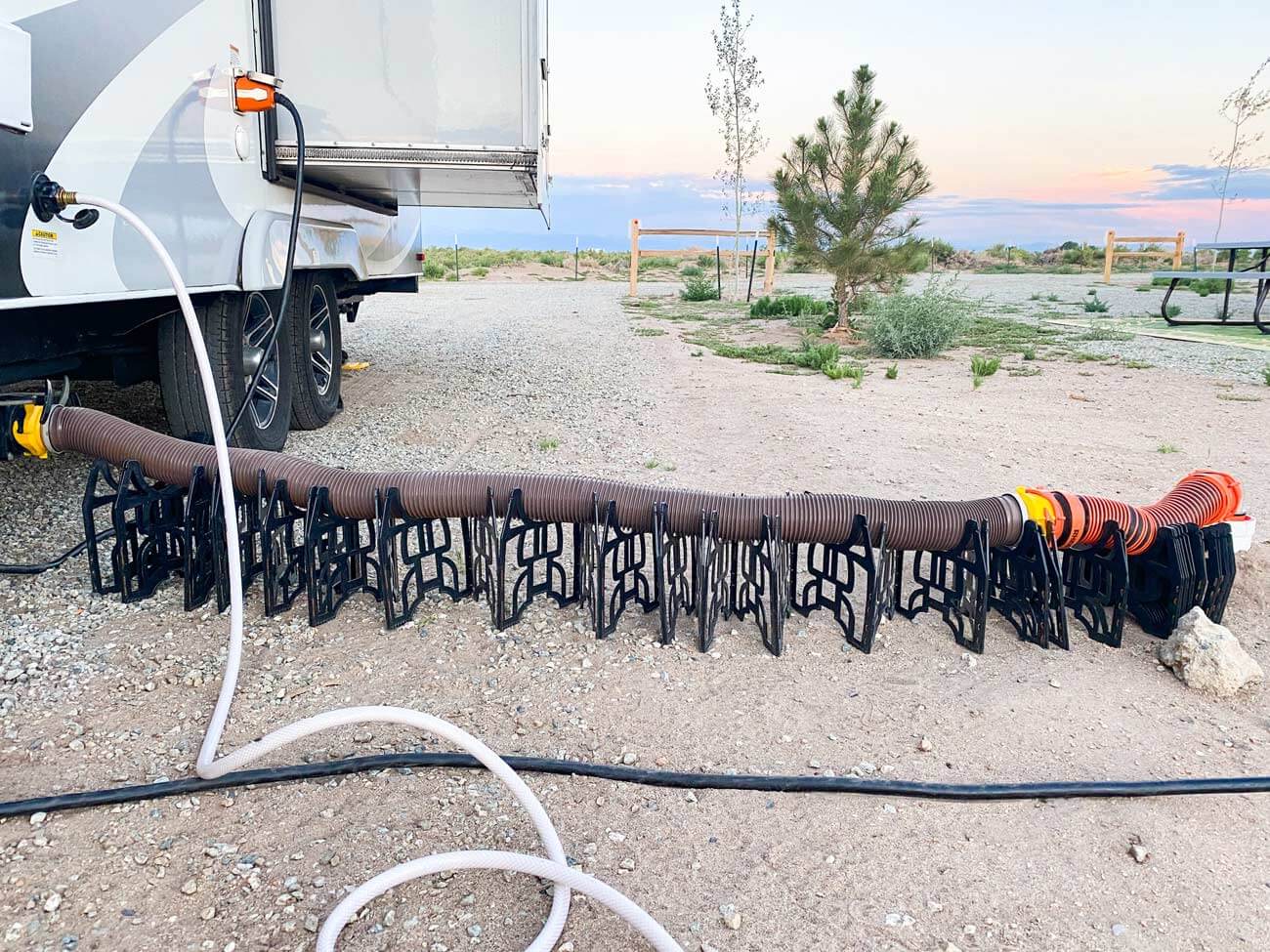
If you’re new to RVing, this section will cover the must-haves you need to start your RV adventure and actually get on the road. If you bought your RV used, the previous owner may have even left some of these items for you.
As you prepare your new home on wheels, creating a list of essential RV gear is key to ensuring a smooth and enjoyable camping experience.
From electrical cords and water hoses to surge protectors and water filters, these items play a crucial role in keeping your RV functioning properly, ensuring safety, and providing you with a few amenities and creature comforts while on your journey.
So, let’s dive in and equip you with the must-haves to make your RVing experience a breeze.
Electrical System Accessories
Below are the items you’ll need to ensure your RV can get a safe shore power connection.
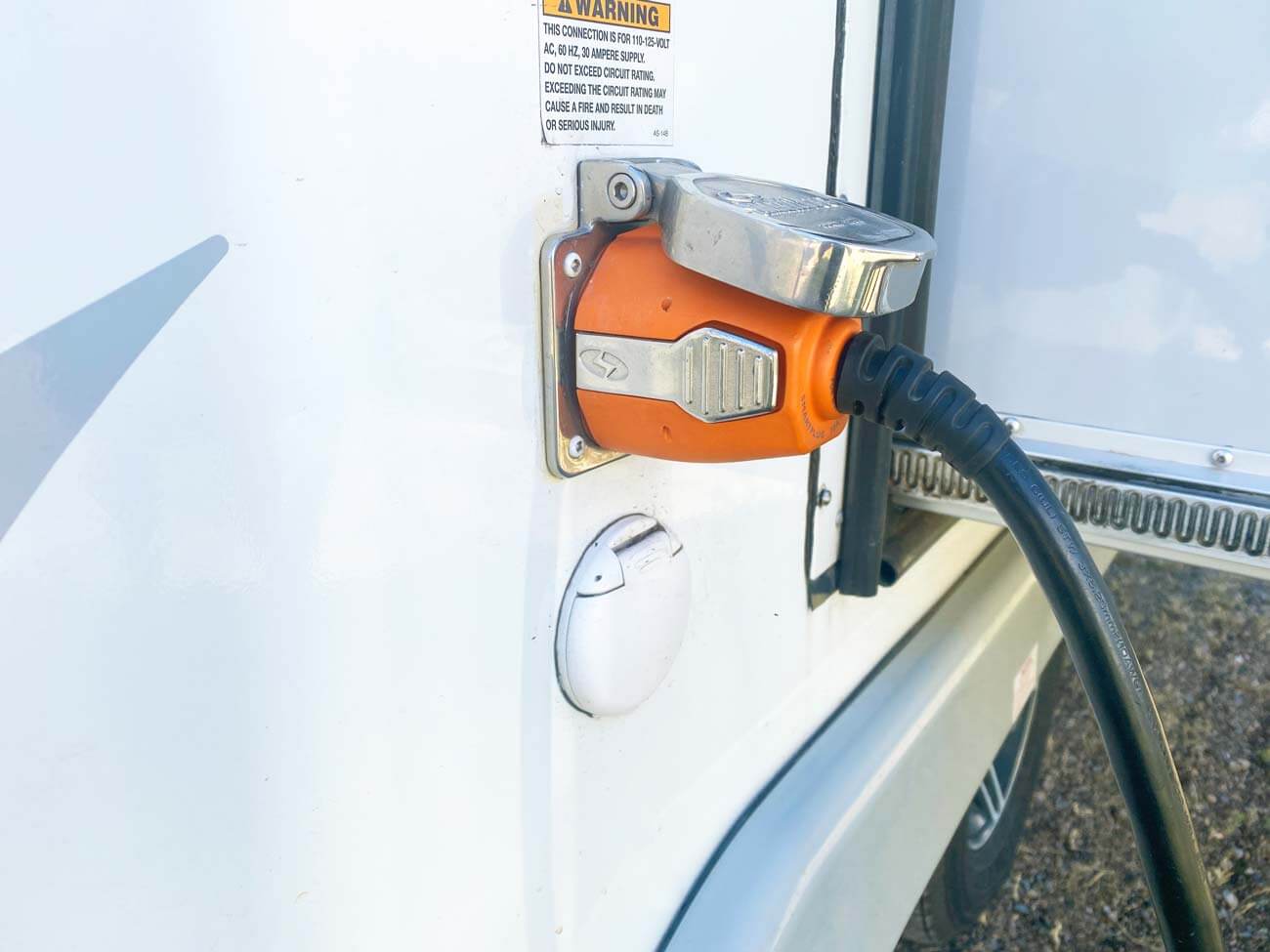
- Power cord. To connect your RV to shore power in an RV campground. These are typically provided with your RV and are usually 30 or 50 amp.
- RV surge protector (highly recommended). To protect your RV against unstable power connections.
Below are a couple of surge protectors I recommend. The first one is a portable surge protector, and the second is hardwired and requires installation.
Fresh Water Accessories
Below are the items you’ll need to connect your RV to a city water connection in a campground or at your residential home. You’ll also need them to fill your water tank.
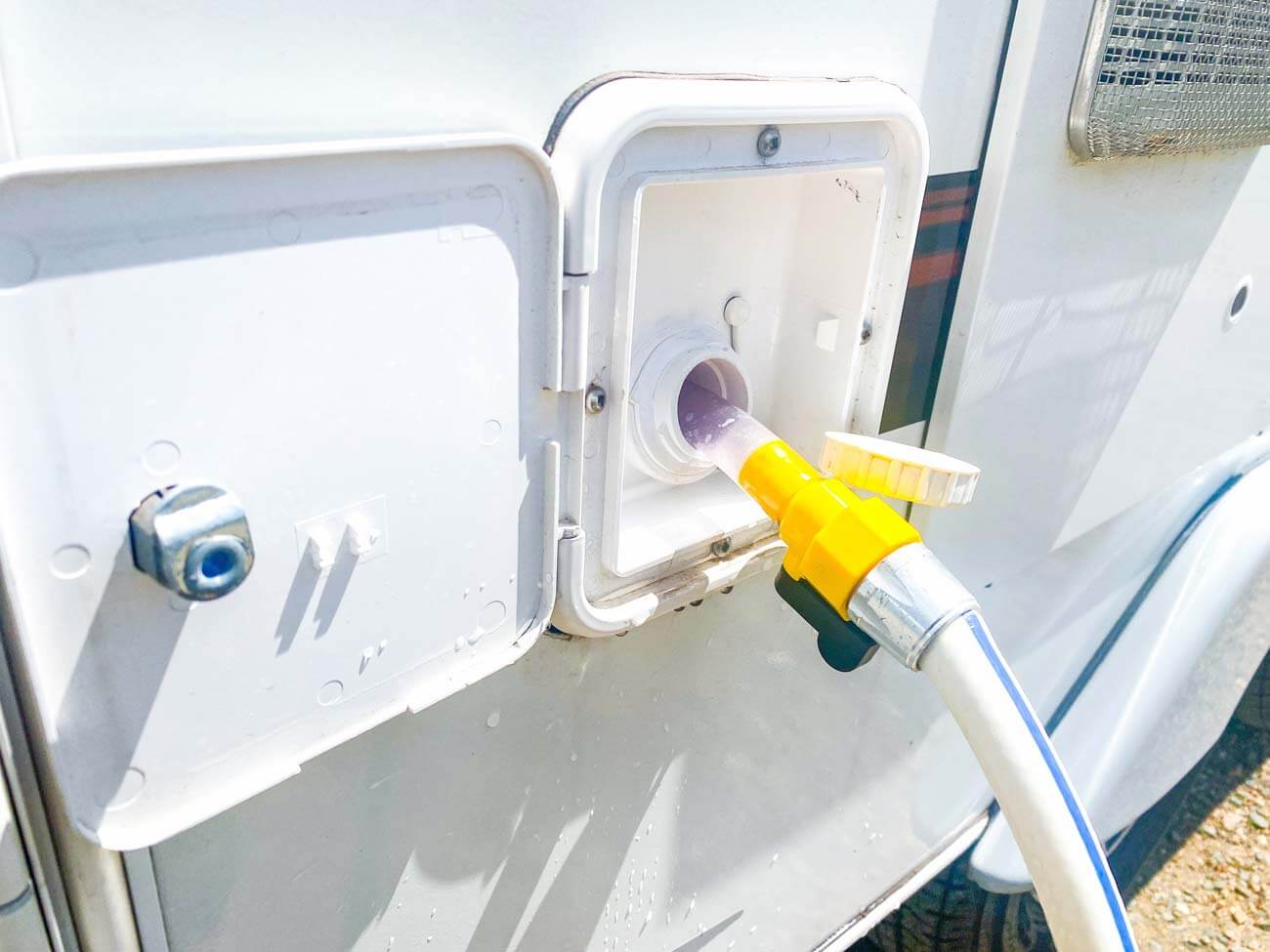
- Water pressure regulator. For preventing excessive water pressure from a campground spigot or other water source.
- Fresh water hose or drinking water hose. Unlike a regular garden hose, this is designed specifically for carrying drinking water.
- RV water filter. This item attaches to your RV water hose and filters water flowing into your city water connection or into your RV water tank.
Below are the products we personally use or recommend. We use a Clearsource water filter (mentioned later in this post), but approve of the Clear2o filter as a more affordable option.
Sewer Hookup & Holding Tank Essentials
Below are the items you’ll need to connect your holding tanks to the dump station and properly maintain them.
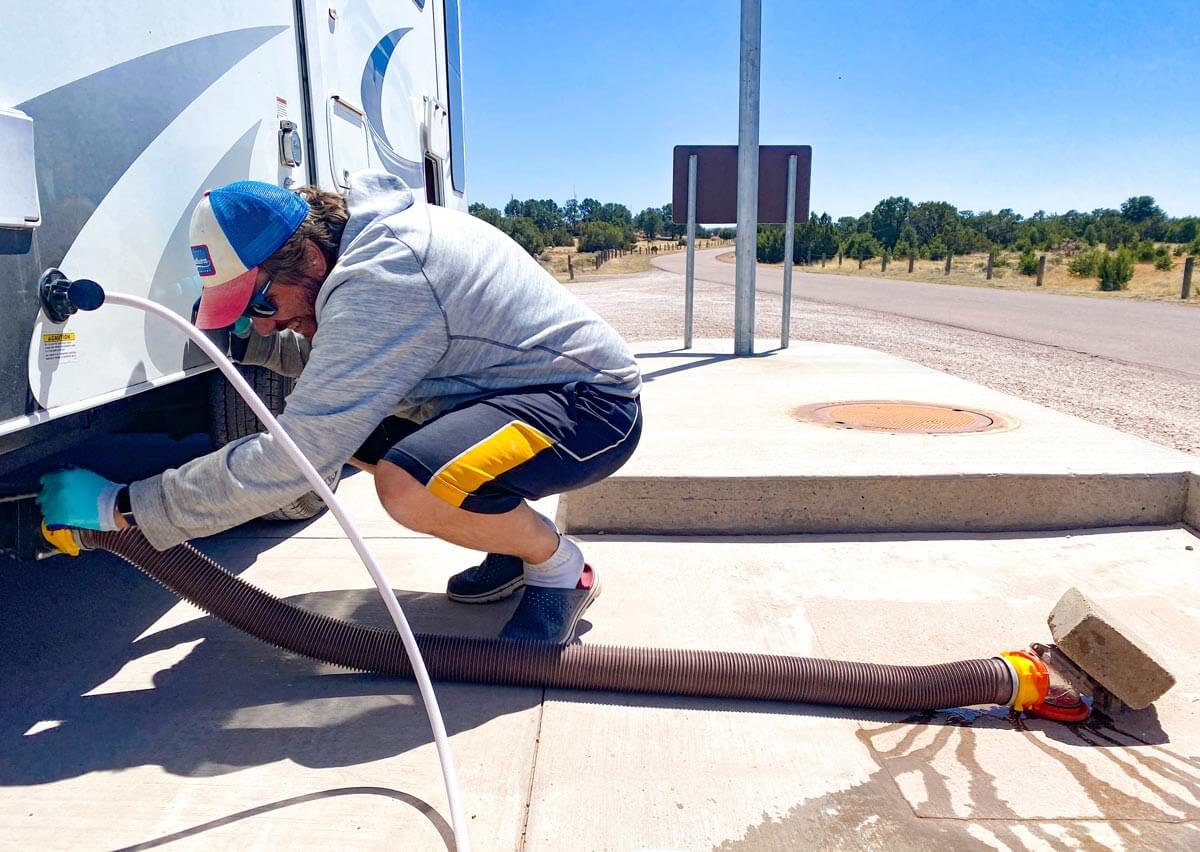
- Sewer connection kit. For emptying your holding tanks at an RV dump station.
- Sewer hose support. To ensure your hose flows down and stays out of the dirt.
- Treatment for holding tanks (black tank and grey tank). There are many options for treating your holding tanks, including homemade remedies.
- Waterproof gloves. For protecting your hands when you’re dumping your tanks.
- RV toilet paper. Or any toilet paper that dissolves easily.
Leveling Blocks
Travel trailer and fifth-wheel RVers use these devices to level their RV side-to-side. Motorhome owners might also use these to level front-to-back.
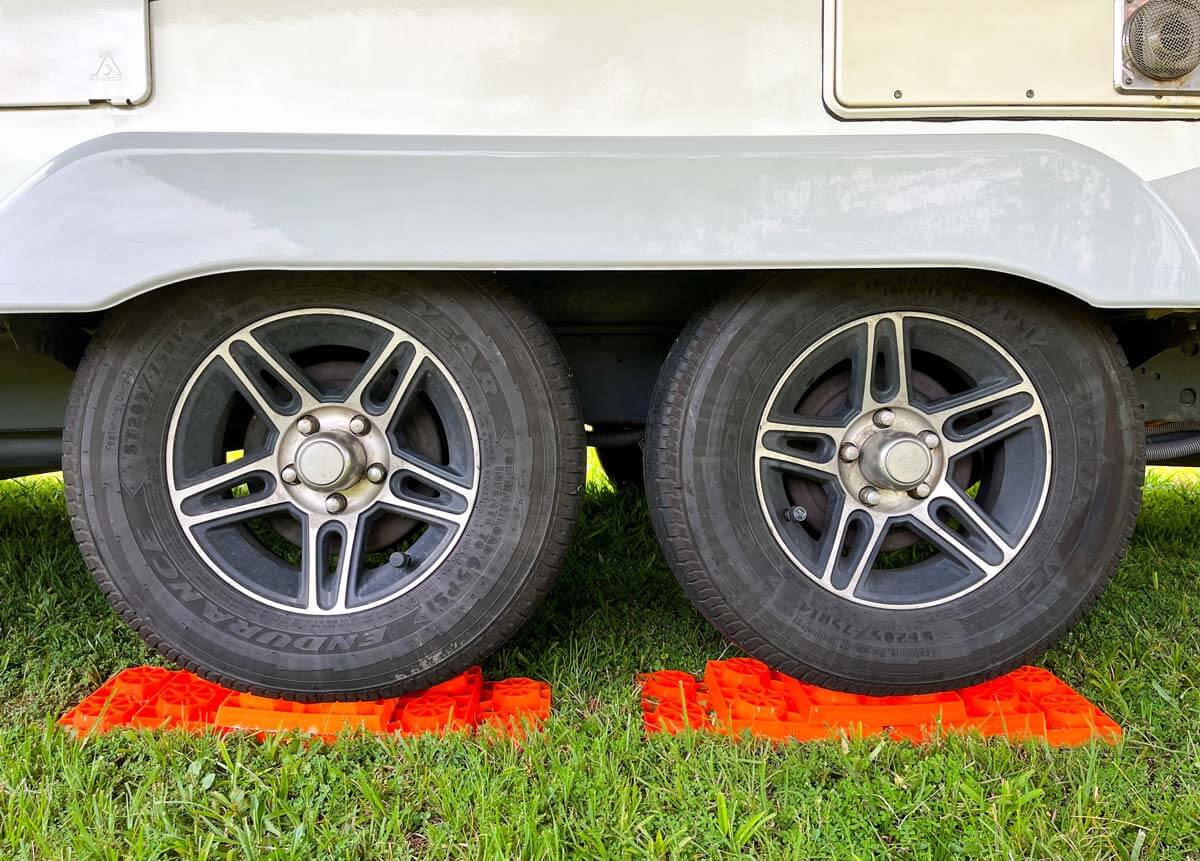
As full-time RVers in a travel trailer, we have both leveler types below and an extra set of Lynx blocks. (We often break out the second set when boondocking on uneven ground).
- Andersen levelers. The unique design of this leveler allows the RV to be driven further up onto the device until the RV is level.
- Block levelers. These levelers are more versatile, although not as convenient to use.
Safety Accessories
These items will ensure you are prepared for emergencies or issues that arise while traveling in your RV.
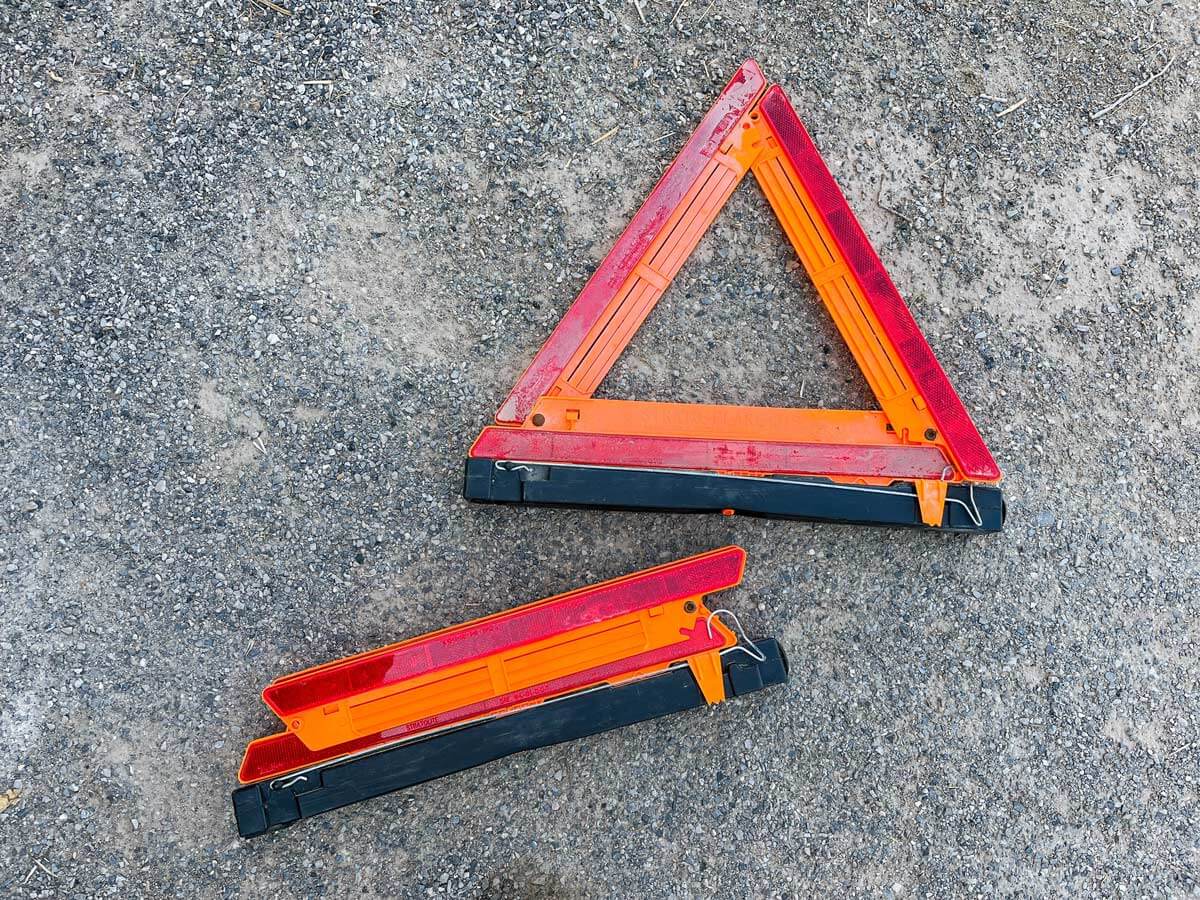
- Fire extinguisher. This should come installed in a newer RV, but you can also purchase fire extinguisher cans to store in additional places in your RV. You may also want an automatic “fireball” fire extinguisher that deploys when needed.
- Carbon monoxide detector. These typically come preinstalled. However, in a used RV, it might need replacing.
- GasStop emergency propane shut-off. A safety device that attaches to your propane tank. In the event of a large gas leak, the GasStop will automatically shut off the flow of propane.
- Roadside emergency kit. Invest in a premade roadside emergency kit or build your own. You probably already have many items on hand, and you may just need to add a few things, such as safety reflector triangles.
- Flashlight. Make sure you have a decent flashlight for emergencies. We recommend a light with approximately 900 lumens.
- First aid kit. Be prepared with a well-stocked first aid kit. If you are traveling with pets, make sure you create a pet first aid kit as well with the help of your vet.
Fifth Wheel & Travel Trailer Must-Haves
Below are a couple of extra items you’ll need to set up your towable RV at a campsite.
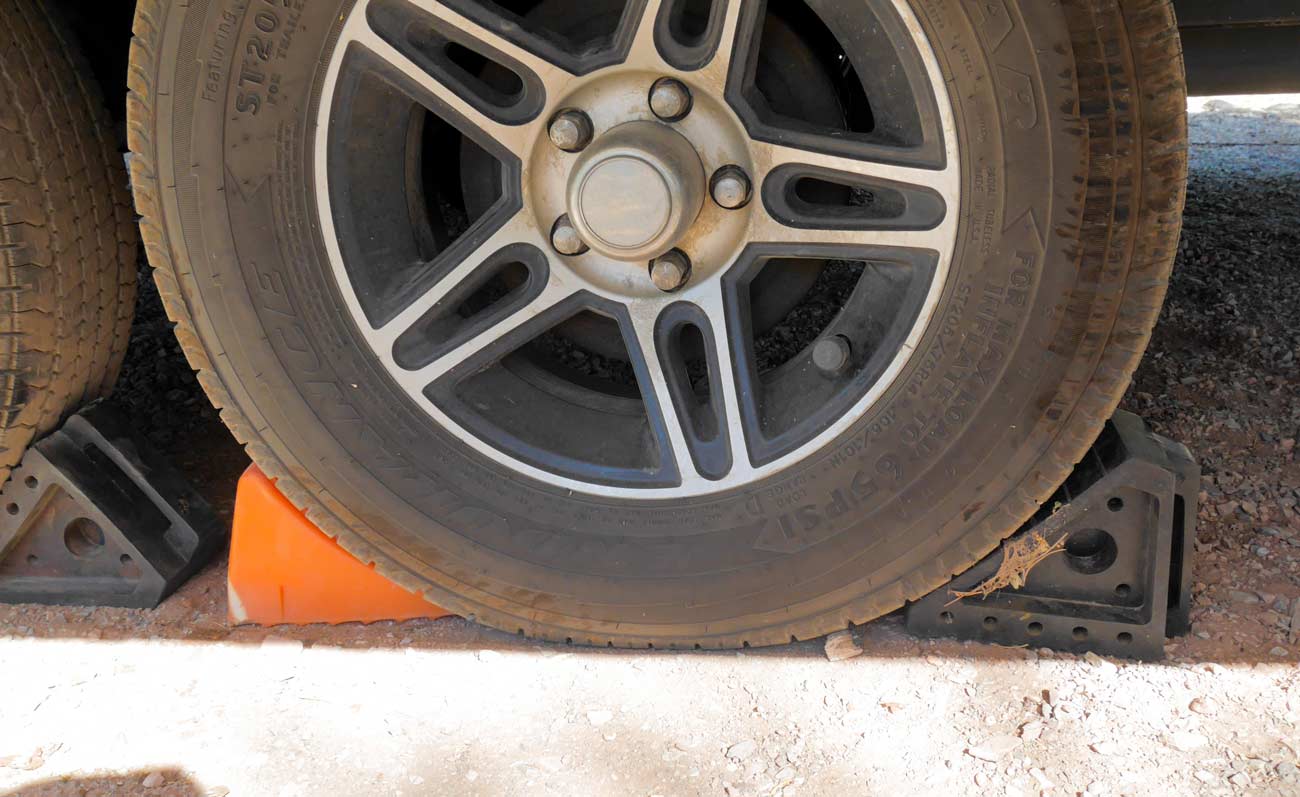
- Stabilizer jack pads. These are placed under your stabilizers to ensure a smooth, hard surface. You may also like SnapPads, which are permanently installed jack pads that don’t need to be set up and stored. These are available for many travel trailer and fifth-wheel models.
- Chocks. These are placed in front of and behind your trailer tires when the RV is disconnected from the tow vehicle.
- Grease. For greasing your hitch ball and other components, such as sway bars.
- Work gloves. For keeping your hands clean when hitching and unhitching your trailer.
Below are the jack pads and chocks we personally use.
LEARN MORE: For a full list of essential RV items and more details on the basics you need to get started, view our travel trailer must-haves list.
Optional RV Items
A lack of the items below won’t keep you from taking your first RV trip, but they sure help maintain your RV or provide a little extra convenience.
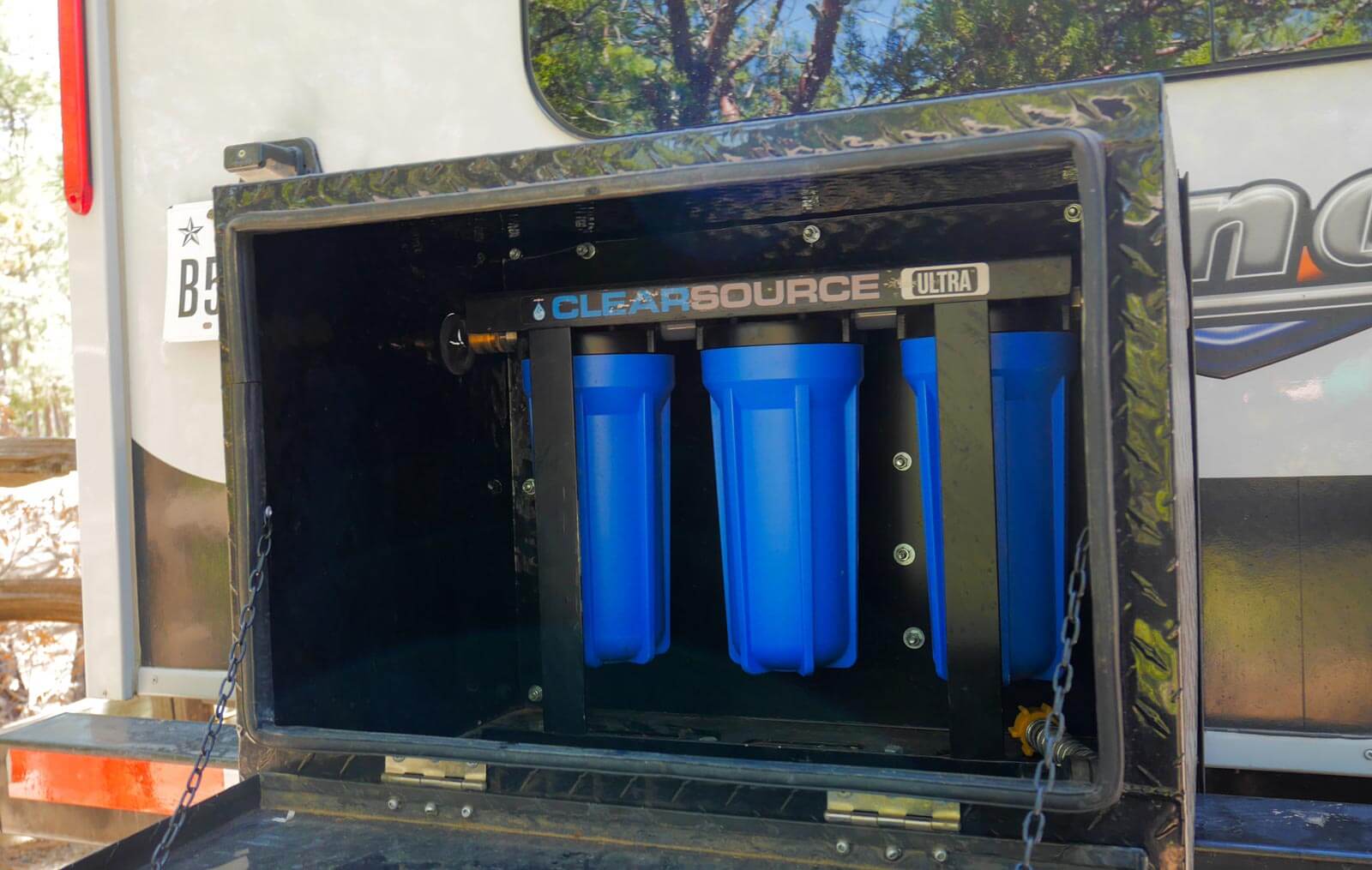
- Y-connector (splitter) for water hoses. These are helpful for adding a second hose to your spigot or rinsing items at your campsite when your city water is connected to your RV.
- Tire covers. When camping in hot climates, covers will protect your tires from UV rays that will degrade your tires over time.
- Extension cord. For situations where you need to power something outside, or when you’re moochdocking and your cord doesn’t reach the power source. You might also want to pick up an adapter that converts 30 to 15 amp or 50 to 15 amp depending on your RV.
- Clearsource water filter. This is a highly recommended upgrade from the typical in-line water filter mentioned above and provides three stages of water filtering plus virus protection.
LEARN MORE: You may also want to check out our RV travel trailer setup checklist for more help setting up your RV.
RV Dry Camping & Boondocking Essentials
If you dream of boondocking on public lands or dry camping in state parks and national forests, you should be prepared with the right essentials for a successful experience off the grid.
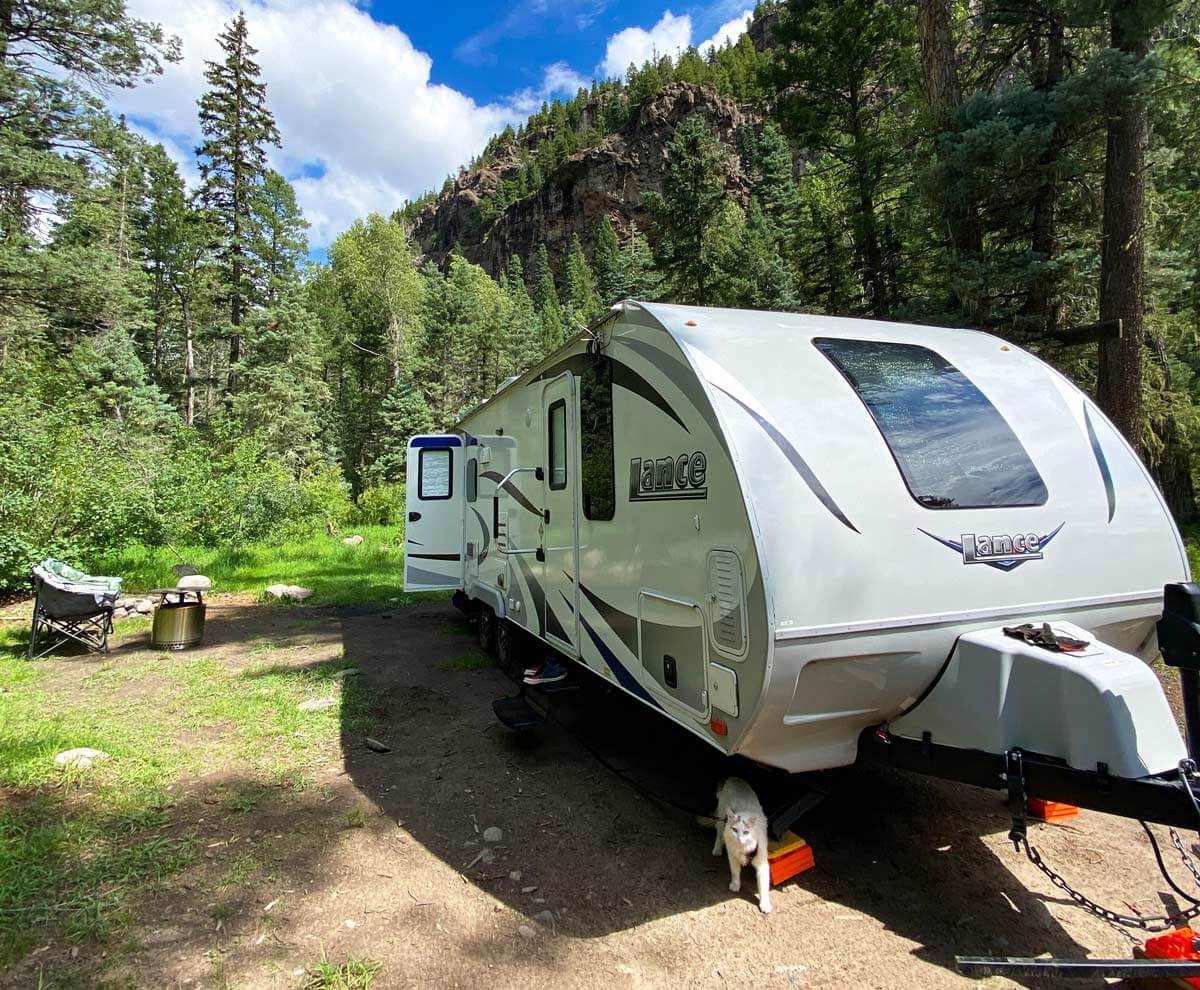
Here are a few areas to remember when outfitting your RV for dry camping.
- Charging batteries and managing power
- Freshwater conservation and extra water
- Holding tank management (black and grey tank)
- Security and safety in remote locations
- Staying cool in warm climates
With a few items to help manage resources, new RVers can enjoy the freedom of dry camping while remaining comfortable and prepared.
The items below are suggestions for RVers who want to do more camping without hookups or in remote locations off-grid.
RV Off-Grid Power Essentials
How long you want to camp without hookups will determine what essentials you need.
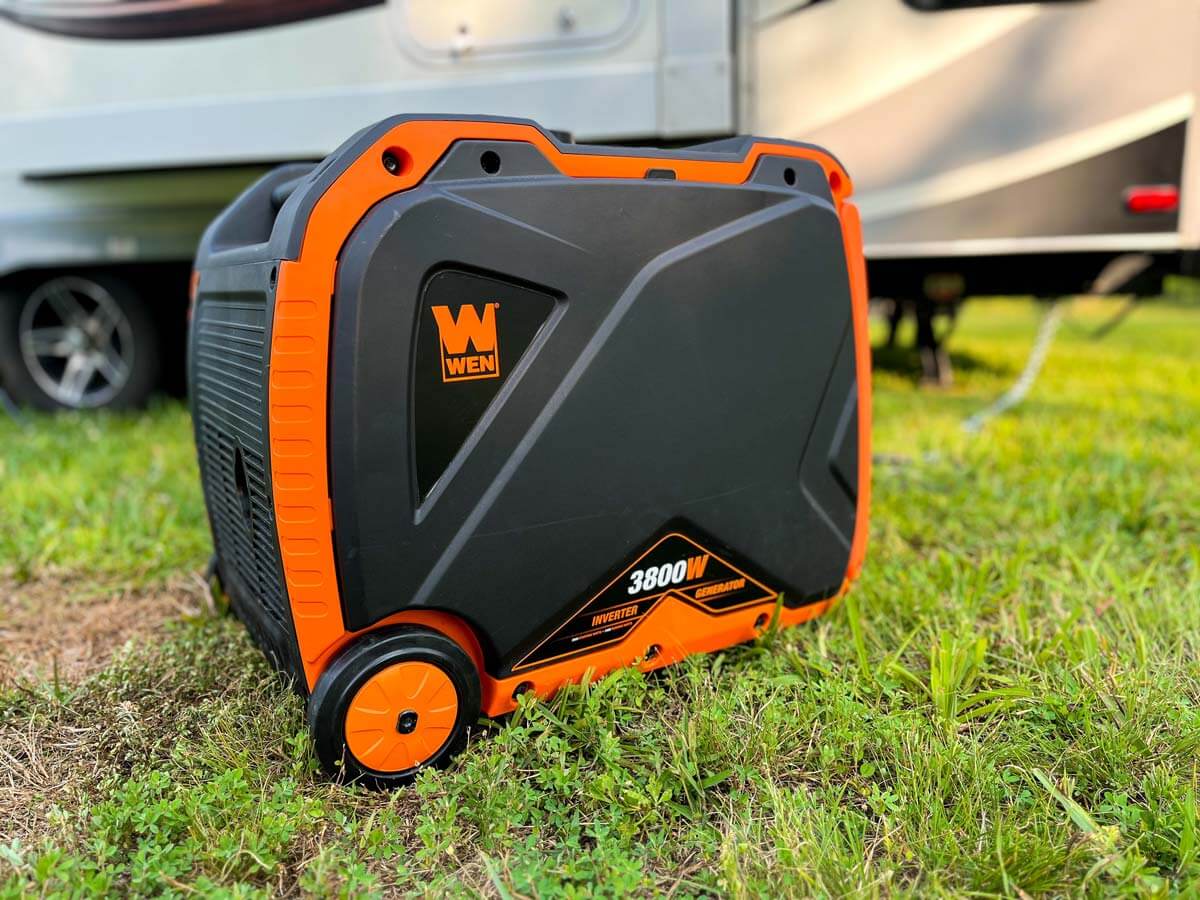
If you’re just dry camping for a few nights, something as simple as a small inverter and a few portable battery packs may be all you need.
For longer stays hookup-free, you’ll need a reliable power source, such as a generator or solar panels, to meet your electricity needs.
- Portable generator. Solar and gas generators are good options for recharging batteries when dry camping.
- Solar power system. This includes a battery bank, solar panels, inverter, air conditioner soft-start, battery monitoring system, and more.
Off-Grid Water & Holding Tank Essentials
You’ll also need to think about bringing additional fresh water and water conservation items such as water totes and a low-flow showerhead.
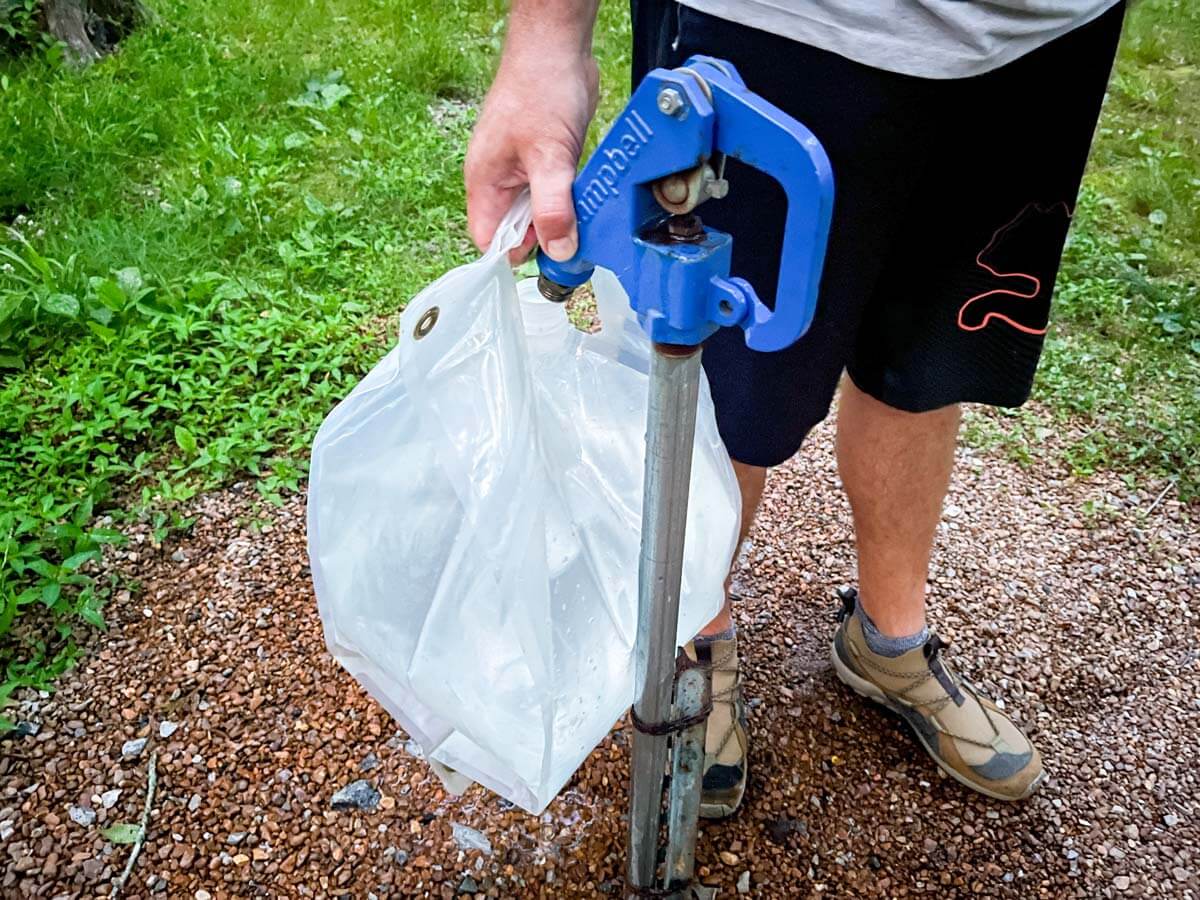
Wastewater management is essential, so a portable waste tank may also be something to consider.
- Water totes or water bladder. 5-gallon water totes can be carried in the truck bed or in the basement storage of a motorhome. A large water bladder can be stored in the bed of a truck. You’ll also need an adapter for your water tote and a small transfer pump to get the water into your RV tank. (We found ours at Habor Freight.)
- Portable RV tote for holding tanks. Used to empty your holding tank without moving your RV. These can be toted behind your truck to the dump station in your campground. They attach easily to your RV’s exterior ladder for storage.
Security Off-Grid Essentials
Don’t forget to think about safety and security. A first aid kit, hitch lock, and even a handheld satellite communicator for adventures far off the grid should be considered. And remember to have reliable lighting options such as LED lanterns and flashlights (aim for 900 lumens or higher).
- Hitch lock. Used to lock the hitch of your camper so no one can hook it up. A good idea when camping in remote areas and you leave your trailer unattended.
- Satellite commuciator. For communicating when you’re far off-grid or hiking in secluded areas.
YOU MIGHT ALSO LIKE: This article from Porch on security for RVs, where I shared my tips along with many other RVers.
Cooling Off-Grid Essentials
Staying cool in your RV without a large battery bank or generator can be challenging in warm temperatures.
An upgraded fan and the right-open window can create a refreshing cross breeze in your RV. Reflectix insulation is also an affordable option for blocking the sun in windows and skylights.
- MaxxFan. An upgraded vent fan option to help with cooling your RV. The MaxxFan can also be used in the rain, allowing you to keep your vent open worry-free when you leave the RV.
- Reflectix insulation. Used to create customized reflective window inserts to keep your RV cooler.
LEARN MORE: For more tips on outfitting an RV to camp without hookups, check out our post on dry camping in an RV.
RV Tool Kit & Maintenance Items
For new RV owners, having a well-stocked tool kit and a few key maintenance items is crucial for a smooth RVing experience.
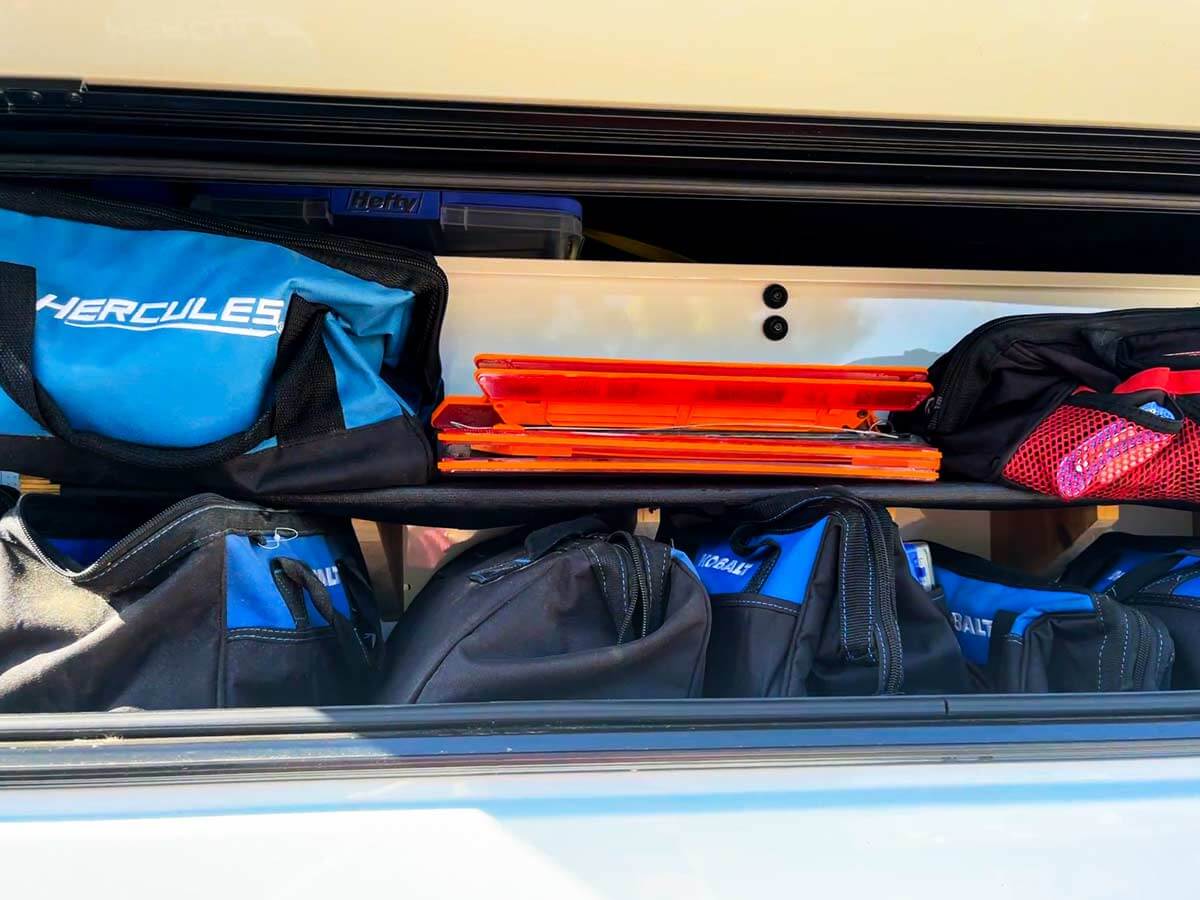
Start by including basic tools such as:
- screwdrivers (Phillips and flat head)
- pliers (a variety)
- wrenches
- vice grips
- WD-40
- a battery-powered drill for minor repairs and adjustments
Additionally, it’s crucial to montior your tires. Ensure you have the proper tools for tire maintenance, including a tire pressure gauge, a portable air compressor, and a decent jack.
You’ll also want to keep a comprehensive owner’s manual on hand as well as any specific repair or maintenance guides for your RV appliances. These days many manuals can be found online, so you can save them digitally without needing to haul around a ton of paperwork.
With a little planning and a few maintenance items, you’ll be prepared to handle common issues and ensure the longevity of your RV.
Here are some specific items to consider for your tool kit and RV maintenance and cleaning.
RV Tools for Troubleshooting
These are a few helpful tools and gadgets that can speed up the troubleshooting process when you’re diagnosing problems with your RV.
- Multimeter. Useful for electrical system troubleshooting.
- Wifi-enabled borescope. For inspecting areas that are hard to reach (it’s also waterproof).
- Thermal camera for smartphones. The upgraded version of a temperature gun. This device lets you measure temperature variances in real-time. It’s also handy for finding drafts in your RV.
- Telescoping stool. A compact seat for working on your RV (also serves as a small table or seat for your campsite).
Lubricants, Sealants, and Adhesives
Don’t forget to include different types of tape and adhesives in your tool kit (you never know what you’ll need to glue back together).
Other essential maintenance items to consider are lubricants and sealants, specifically for your RV slides and roof.
- RV lube for slide-outs and window tracks. These lubricants will help maintain your slide-outs and window tracks and keep them working properly.
- Pro Flex RV. For sealing any seams, including around windows and doors on your RV.
- Dicor sealant. For sealing (or resealing) items on your roof, including the area around vents, solar setups, antennas, and more.
- Eternabond tape. Used on RV roofs to re-enforce sealed areas and protect against leaks.
- Zip ties, Gorilla tape, and other adhesives. These items offer temporary solutions for a ton of problems.
RV Cleaning & UV Protection
Cleaning products will help protect your rig’s exterior and keep your RV in top condition. We use a little Dawn soap to clean before applying the RV wax below.
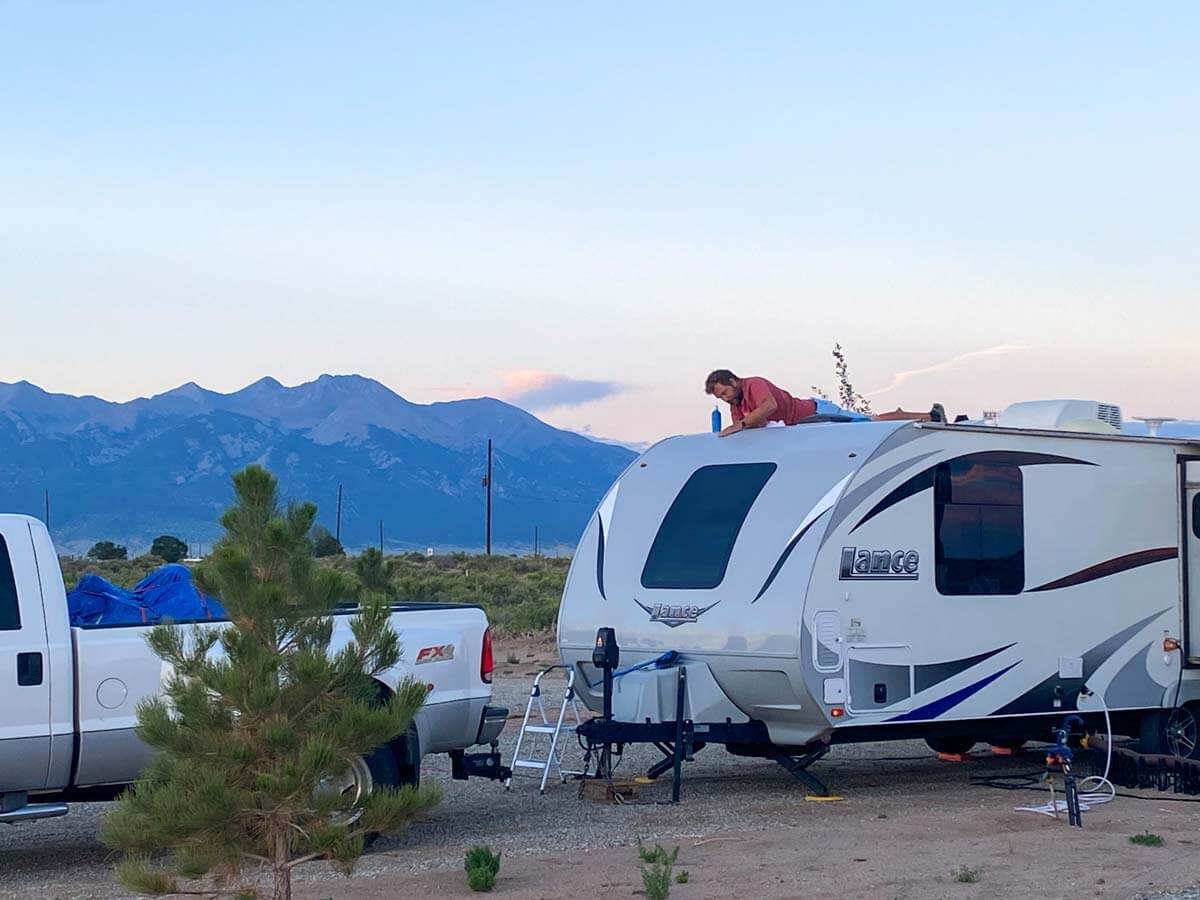
- RV wax. Use to protect your RV against oxidation, and the dirt and grime that comes from driving down the road.
- 303 Protectant. Use to protect against UV damage on vinyl, plastic, rubber, fiberglass, and other materials on your RV. This can also be used on your other outdoor gear, such as paddleboards, popup gazebos, and other shades or awnings.
There are tons of cleaning products on the RV market, but the two below are what we have personally used for years on our RVs and sailboat.
Tire Monitoring and Maintenance
Here are a few specific items you’ll need to monitor and maintain your tires properly.
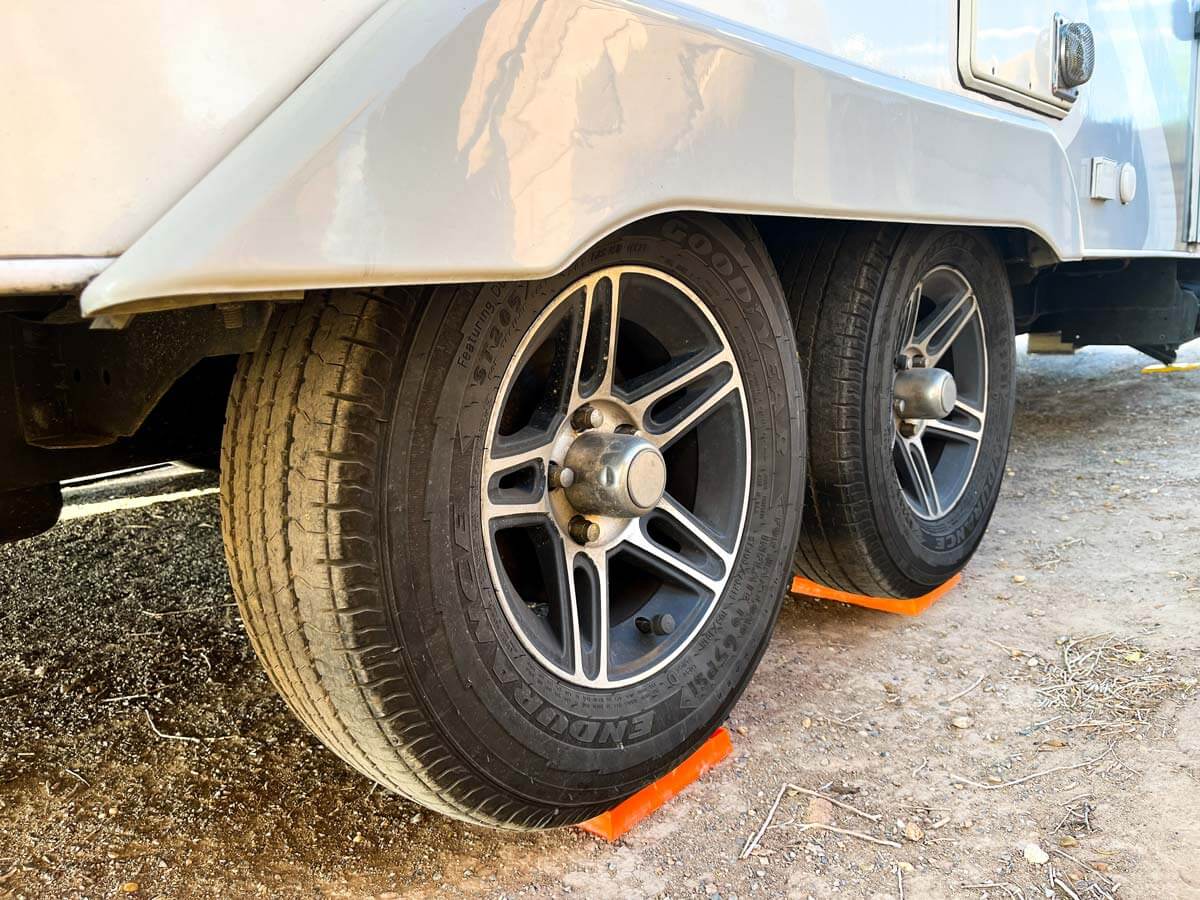
- Tire pressure gauge. For checking your RV tire pressure. On dual-wheel motorhomes or trucks, you may also need valve stem extenders.
- TPMS (tire pressure monitoring system). This will help you keep an eye on your tire pressure while you’re driving. This is especially helpful for towable RVs where tire pressure is crucial to avoid a blowout.
- Portable air compressor. For filling your RV tires or tow vehicle tires as needed. Portable air compressors can reach 120 PSI, making them ideal for everything from trucks and travel trailers to large motorhomes.
- Car jack. For changing tires on a trailer.
- Spare tire. For emergencies, ensure you have a spare tire.
Below are the items we use and recommend for RV tire maintenance.
RV Gadget Must-Haves
For new RV owners, having the right gadgets can greatly enhance the RVing experience and make life on the road more convenient and a little more hassle-free.
These must-have gadgets for RV owners can significantly enhance the comfort, safety, and convenience of RVing adventures.
RV Towing and Setup
Travel days in an RV require a lot of attention to detail as you tear down, drive, and set your RV up again. The below items help with making at least some parts of this process a bit easier.
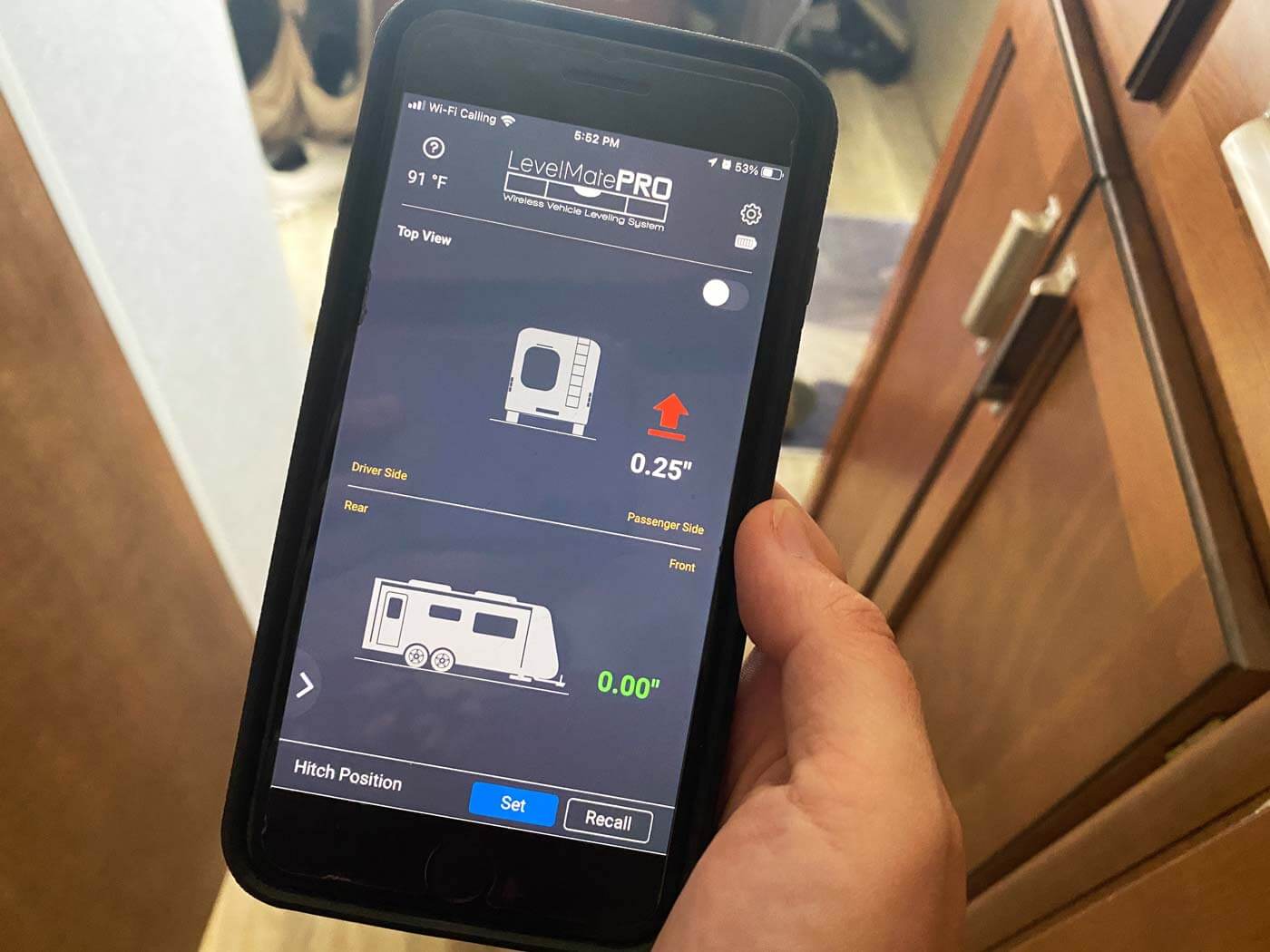
- Backup camera. For backing into campsites and monitoring traffic on the road.
- Level Mate Pro. Reports how many inches you need to go up and on what sides to level your RV.
RV Gadgets Water, Power, and Propane
Power, water, and fuel are the three key resources required to run your RV. Below are a few gadgets not mentioned earlier that can assist with using or managing these resources more efficiently.
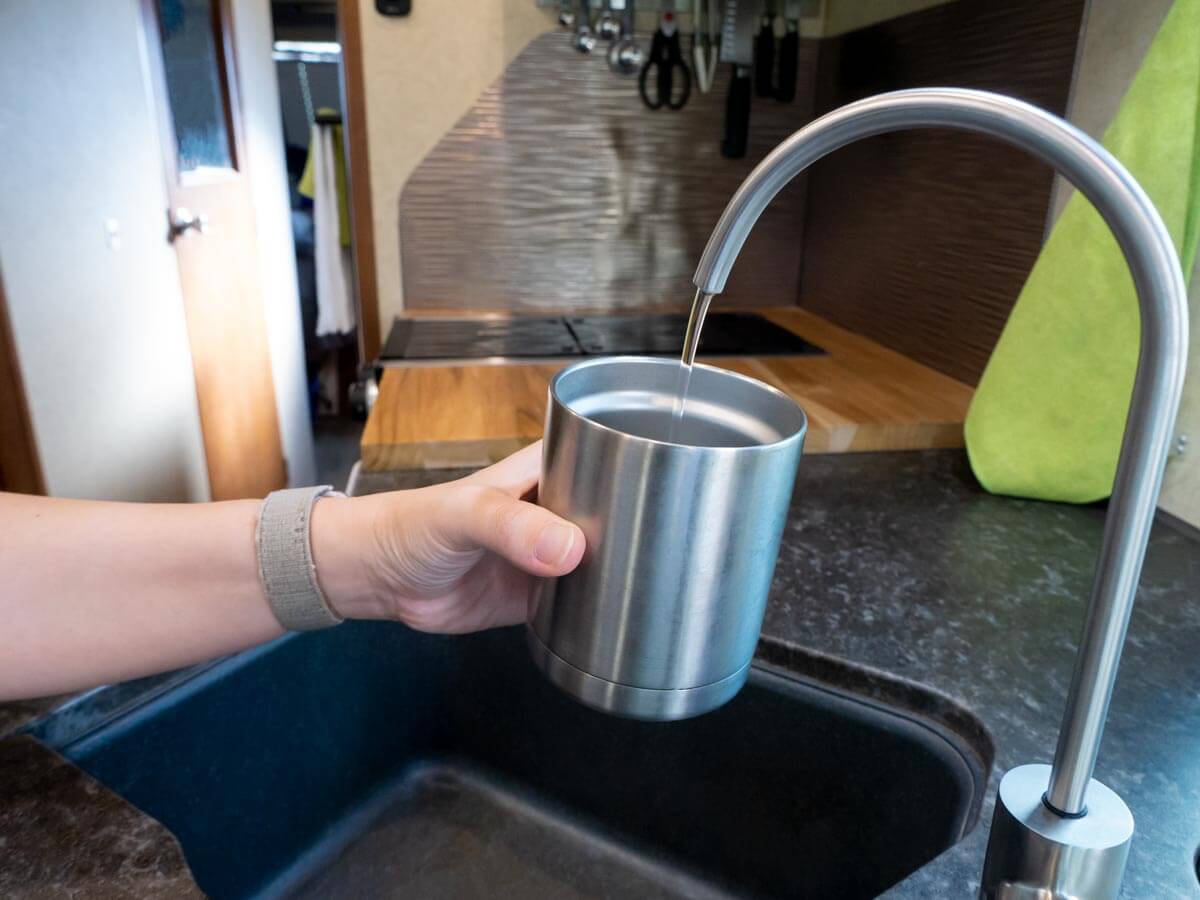
- Small inverter. Perfect for a day or two of dry camping to run your 120v items. If you plan to charge a laptop, be sure you choose a pure sine wave inverter to avoid damaging your computer.
- Acuva water purifier. Filters and purifies water with UV technology allowing you to feel confident in your drinking and cooking water.
- Water-efficient showerhead. This will allow you to maintain the feeling of water pressure while using minimal water.
- Propane tank sensors. For tracking how much propane you have left in your tank on your mobile device. You’ll need one for each tank.
RV Interior Gadgets
Below are a few of our favorite RV gadgets to get you started outfitting the inside of your RV.
- Compact vacuum. A cordless handheld or slim stick vacuum is a good option for RV living. With the popular Dyson vacuum below, you get both.
- Space heater. An efficient way to help save on propane used by your ducted heat. This alternative only works when you’re on shore power at a campground or plugged into a residential house since electric heaters require a lot of power to operate.
- Amazon Fire TV Stick. This compact option turns your RV TV into a smart TV. We like the Fire TV Stick since it doesn’t require dedicated power like the Apple TV.
Outfitting an RV Kitchen
Outfitting your RV kitchen area is essential for a comfortable and enjoyable camping experience.
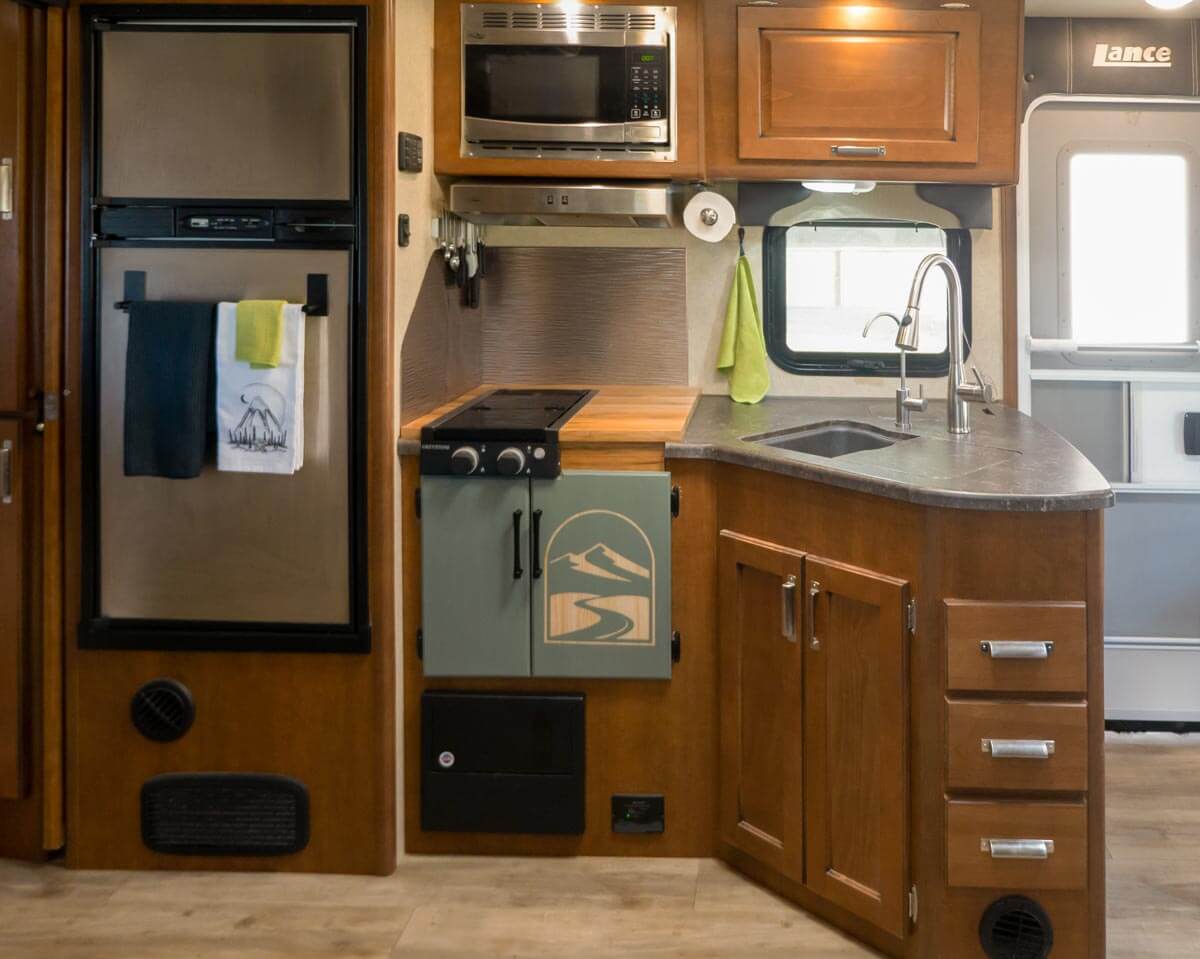
To make the most of your RV kitchen space, start by equipping it with basic kitchen supplies and equipment, such as cookware, cooking utensils, and small appliances with features that are ideal for RV use.
Consider investing in multi-functional items like a collapsible bin or nesting cookware sets to maximize storage efficiency.
Don’t forget to stock up on pantry staples and ingredients that are versatile and easy to cook with. With a well-equipped RV kitchen, you can prepare delicious camping meals and enjoy the convenience of home cooking while on your road trip.
Below are a few accessories that we highly recommend for RV kitchens. Make sure to check out our section on RV kitchens and cooking for the full guide to outfitting your kitchen.
RV Cookware and Kitchenware
Choosing the right RV cooking items and kitchenware will have a big impact on your RV cooking experience. Opt for compact, durable, lightweight options that are easy to store and won’t take up too much precious space.
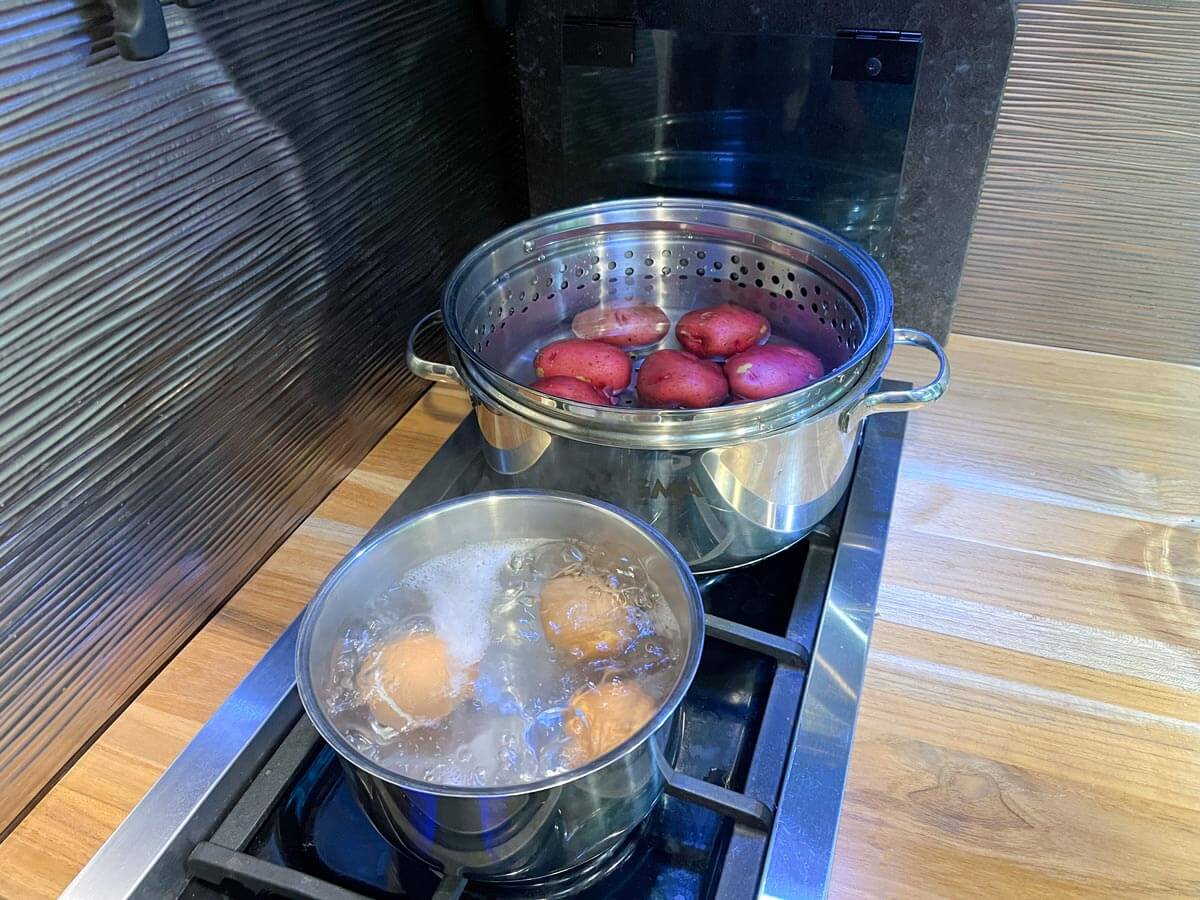
- Nesting Pots. Nesting pots with removable handles are especially helpful for small RV kitchens since they allow you to have multiple pots while taking up minimal space. Check out our review of Magma nesting pots and why they’re great for small spaces.
- RV dishes. Finding the right balance between function and style for your dishes will ensure you enjoy meals without worrying about breaking anything.
- Cooking utensils. Consider small, multi-functional items. Remember, less is more!
RV Kitchen Storage and Space Savers
Storage items are crucial in a small RV kitchen. Keeping items out of the way and secured for travel days are a couple of things to remember when organizing your kitchen for the first time.
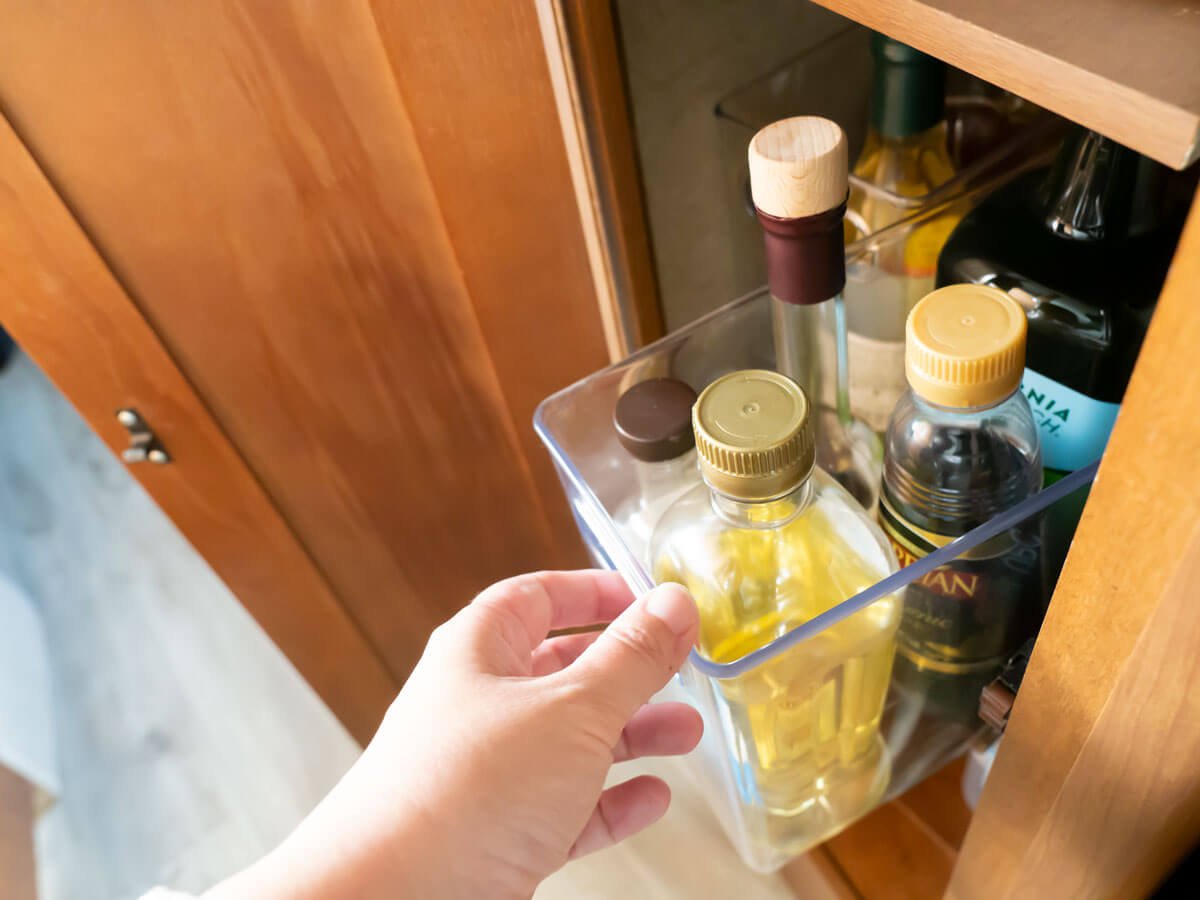
Here are a few of the best RV storage items to save space in your kitchen.
- Cabinet organizers. Baskets and bins that fit in your cabinets, fridge, and pantry. Don’t forget to measure your spaces before you shop. Choose organizers that maximize every inch of shelf space, are easy to access, and take advantage of vertical space.
- RV paper towel holder. This will help secure paper towels during travel and keep them off the counter and out of the way.
- Stove or sink cover. One or both of these will help to create more counter space in a small RV kitchen.
RV Kitchen Cleaning
Cleaning in an RV kitchen requires the right tools for the job, and being conscience of waste and water usage when you’re dry camping.
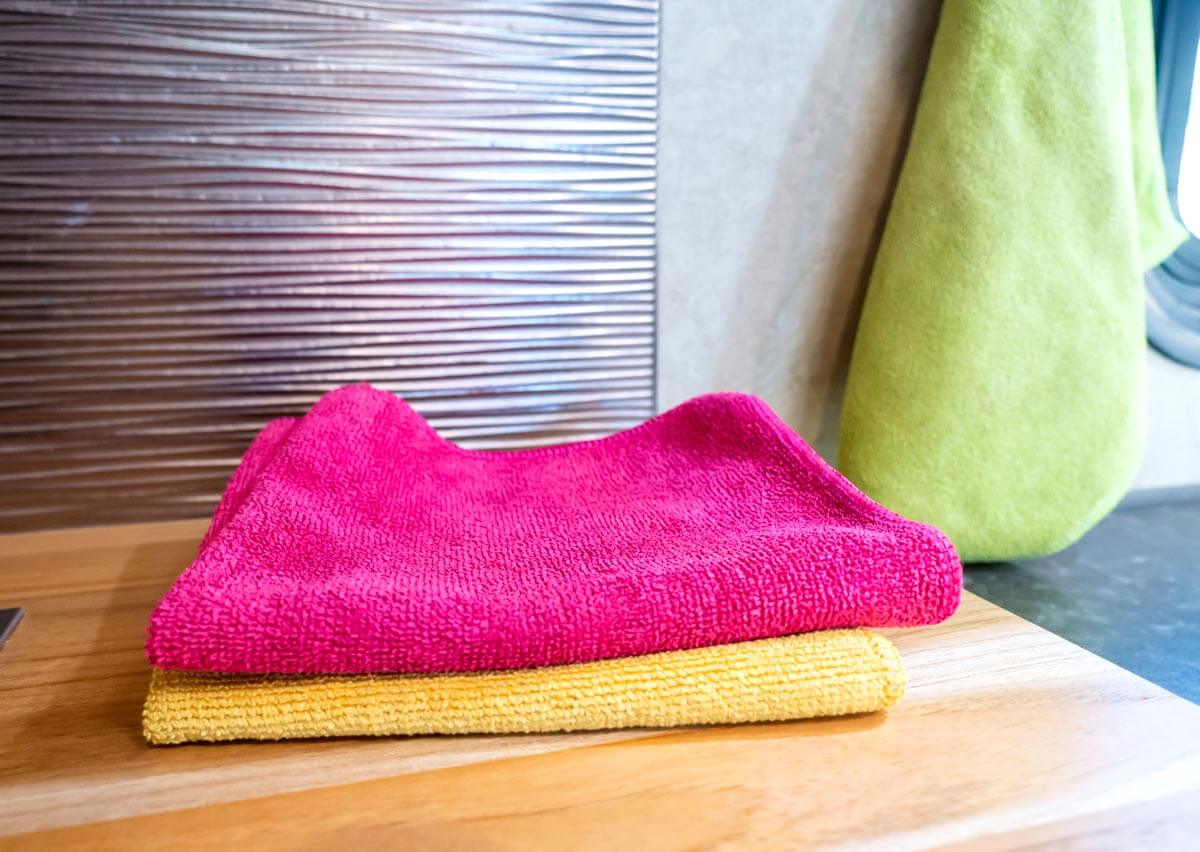
Don’t forget to choose green products when you can for your small space (we really like solid dish soap which also saves space).
The items below are a few of our favorites for keeping your small kitchen space clean.
- Microfiber cleaning clothes. These are great for cleaning all areas of your RV, plus they dry quickly.
- Odor-free dishcloth. This long-lasting dish rag doesn’t smell and dries quickly.
- Collapsible tub. This is a great addition to your sink when dry camping. You can also use it in the shower to catch grey water.
LEARN MORE: View our entire list of RV kitchen essentials before you start outfitting your RV kitchen. You might also want to check out our zero-waste swaps for small spaces.
RV Campsite Setup Must-Haves
Outfitting your RV outdoor space is a great way for RV owners to enhance their camping experience and create a cozy outdoor retreat. After all, much of the fun of RVing is enjoying the fresh air and the outdoors!
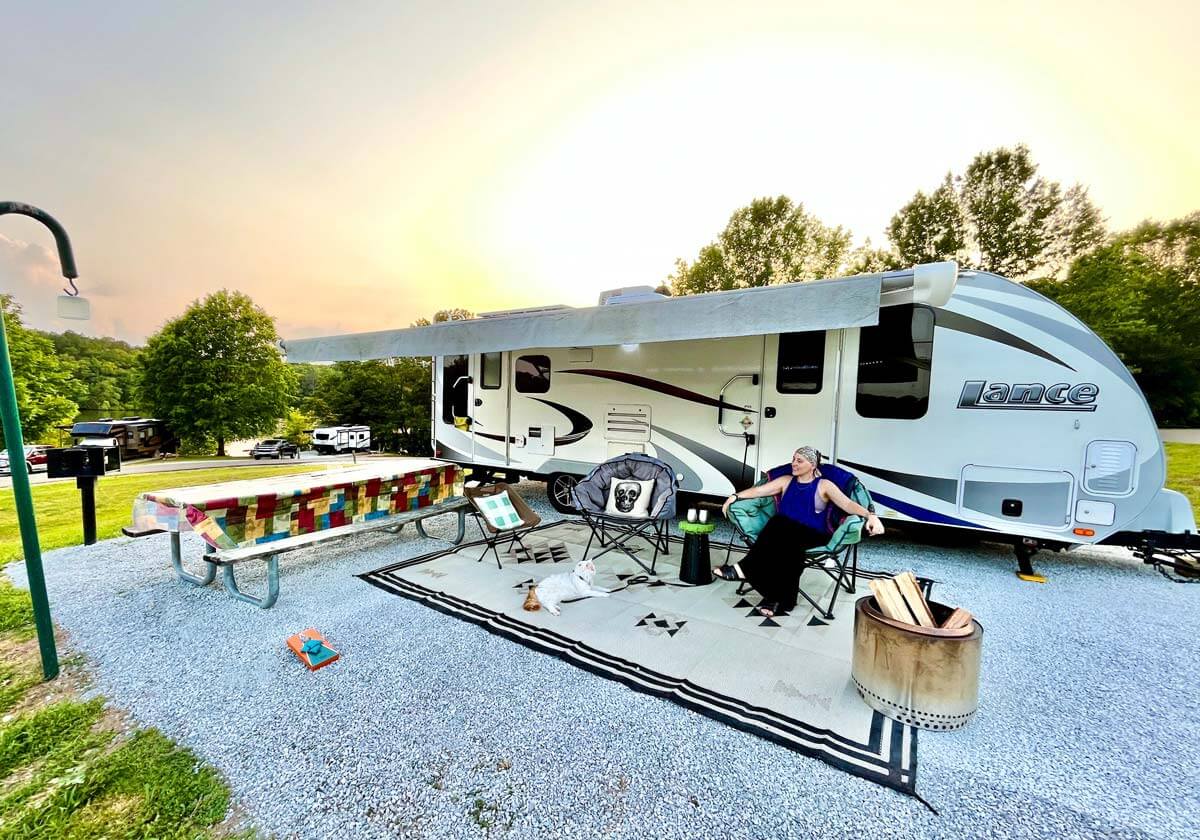
You can start outfitting your outdoor space by investing in comfortable and foldable outdoor furniture, such as camping chairs, a compact table, and maybe even a popup gazebo, that can easily be set up and stored away.
As you outfit your area, keep in mind the space you’ll use to store your outdoor setup. Alot of these items are large and can be a challenge to store. Prioritize the items you’ll use the most. If you’re outfitting a towable RV, consider a truck bed cover or camper shell to create more space.
For RVers who love to cook, a portable grill and maybe even a cooking station are great additions for outdoor meals. Cooking outside by the campfire (or on the campfire) is a great way to end the day. Some RVs have a built-in outdoor kitchen, but you can always make your own!
Your RV will most likely have an awning installed on the side, but you might want to add a second portable canopy for shade and protection from the elements.
Outdoor lighting can be an affordable way to easily upgrade your outdoor area. String lights, solar-powered lanterns, or torches can add a nice ambiance and functionality during the evenings.
Don’t forget to consider outdoor games or activities to keep everyone entertained!
By outfitting your RV outdoor space, you can create a welcoming and relaxing environment that extends the living space of your camper.
Outdoor Campsite Essentials
Here are a few outdoor campsite must-haves for creating a relaxing space, whether in an RV park or boondocking in the desert.
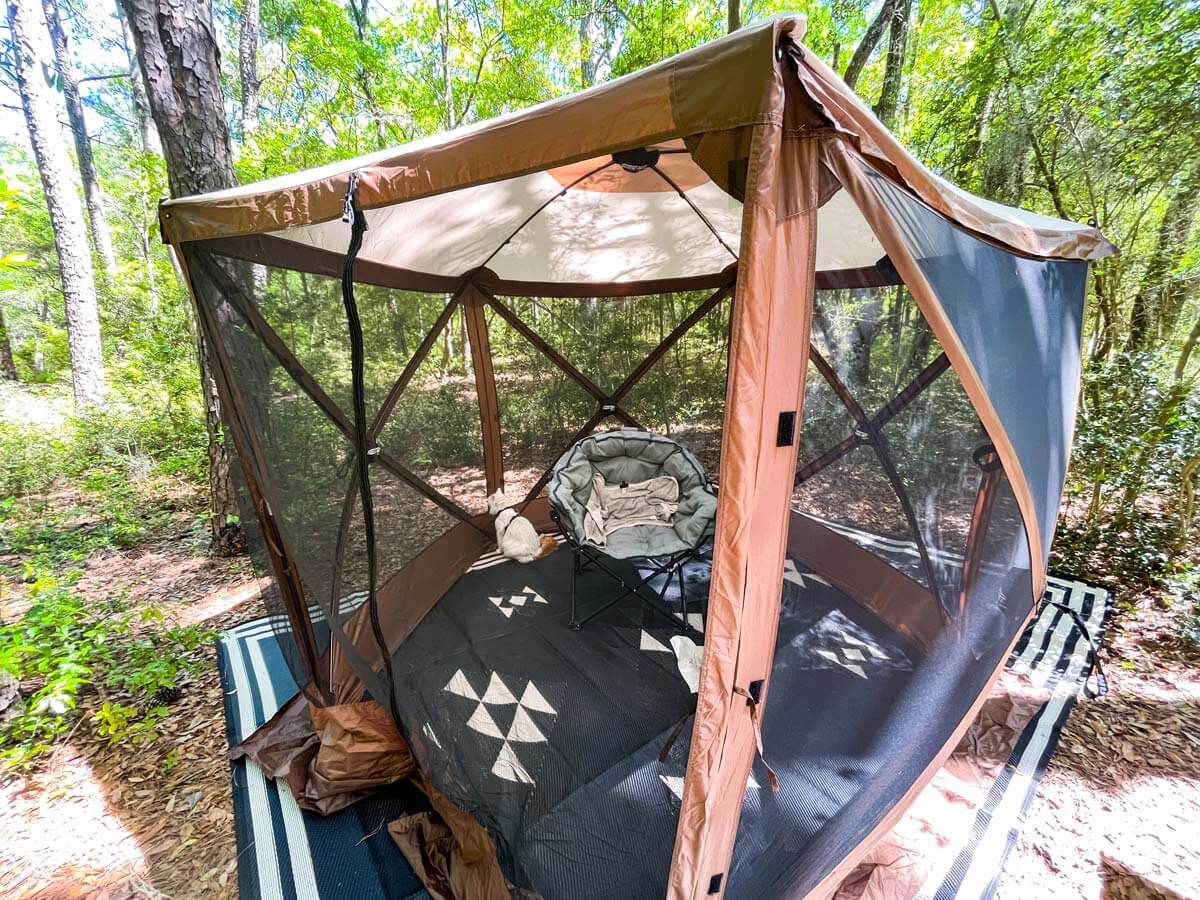
- Camping chairs. A comfy chair is essential for creating a relaxing outdoor space.
- Portable grill or griddle. Cooking outside is a great way to enjoy the RV lifestyle. A grill, griddle, or even a portable pizza oven are a few options to create an outdoor cooking station.
- Outdoor rug. Outdoor rugs and mats can define your outdoor living area and keep dirt from coming inside the RV.
- Pop-up gazebo. Add an outdoor space that offers protection from the elements.
- Picnic table cover. A cover ensures your table is clean for preparing and eating meals (you never know what was previously allowed on a picnic table!)
- Firepit. A propane or wood-burning fire pit can add to the ambiance of evening campsite gatherings and create a warm
READ NEXT: Want to read more about campsite essentials? Check out our post on ideas for RV campsite setups.
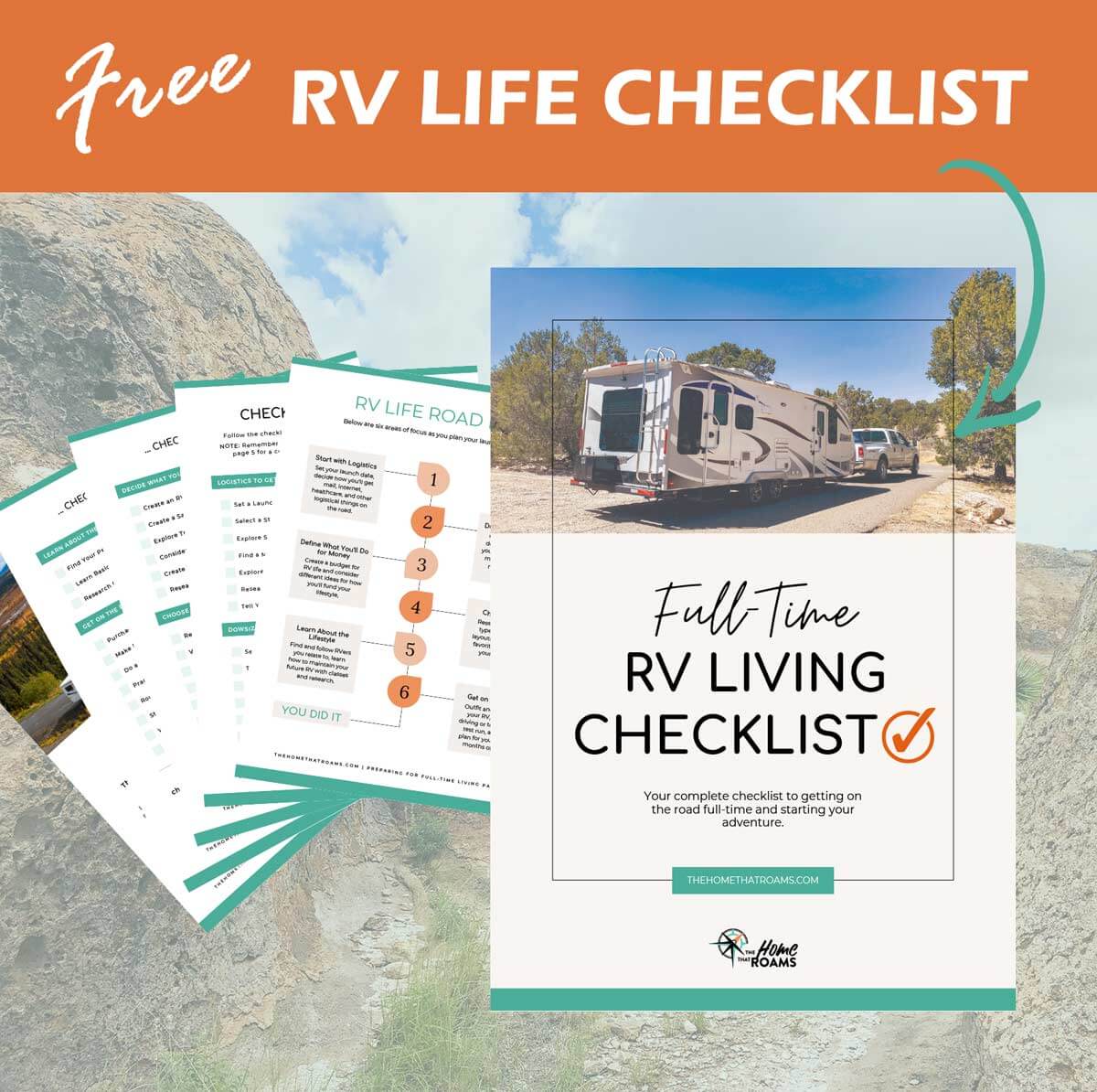
Your Guide to Launching RV Life
Road Map & Checklist – Start Now!
Unsubscribe at any time. View our privacy policy.
Outfitting an RV the Right Way
Outfitting your RV is a vital step as a new camper to ensure a comfortable and enjoyable experience on the road.
Remember these final words of advice when choosing items for your RV.
- Ensure you understand your RV’s unique features and systems to help you determine the necessary equipment to maximize your RVing experience.
- From safety equipment to maintenance tools, each element plays a role in optimizing your RV’s functionality and longevity.
- Don’t forget to prioritize the kitchen, as it is the heart of your RV – don’t be afraid to invest in the right appliances and cookware.
- Outfitting your outdoor space allows you to create a cozy retreat and extend your RV living area.
With careful planning, you can embark on your RV adventures fully prepared, ready to explore the great outdoors with comfort and convenience!
So, gear up, get organized, and embrace the freedom of RV travel to make lasting memories on the road.
Want to learn more about how to live in an RV?
For more on essential RV gear, getting started with RVing living, and organizing an RV kitchen – view our complete guide.
Like this post? Save it on Pinterest for later.
